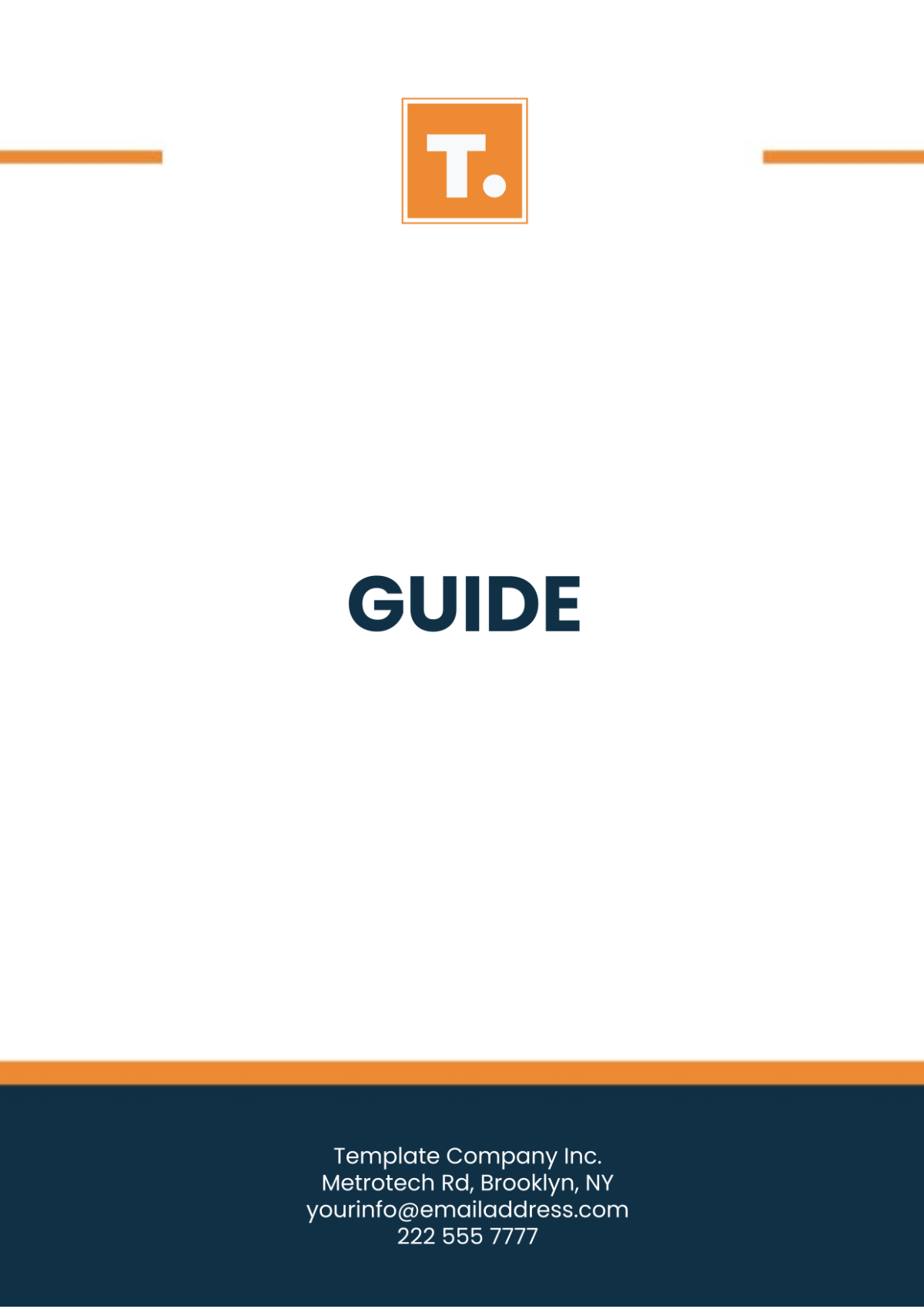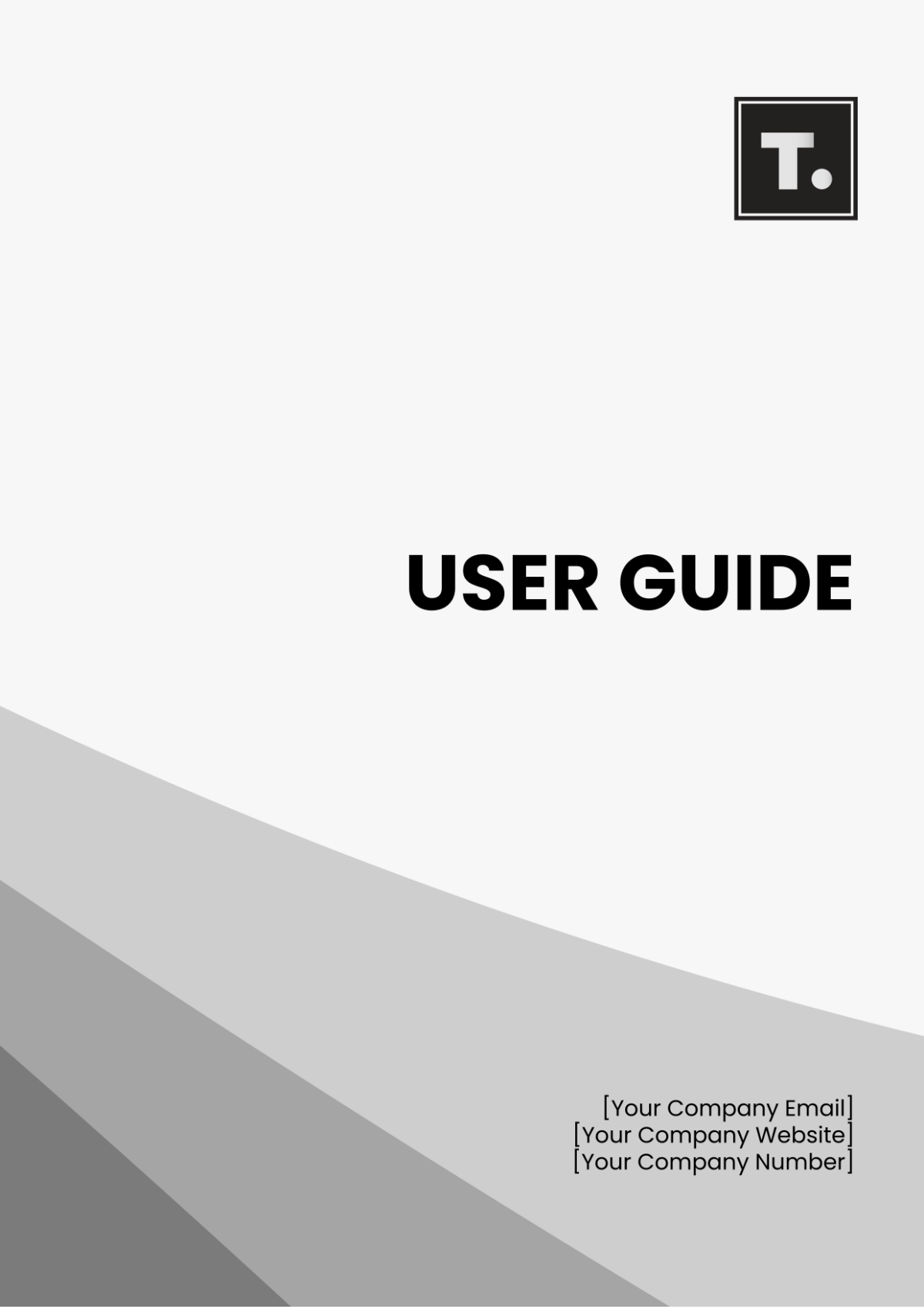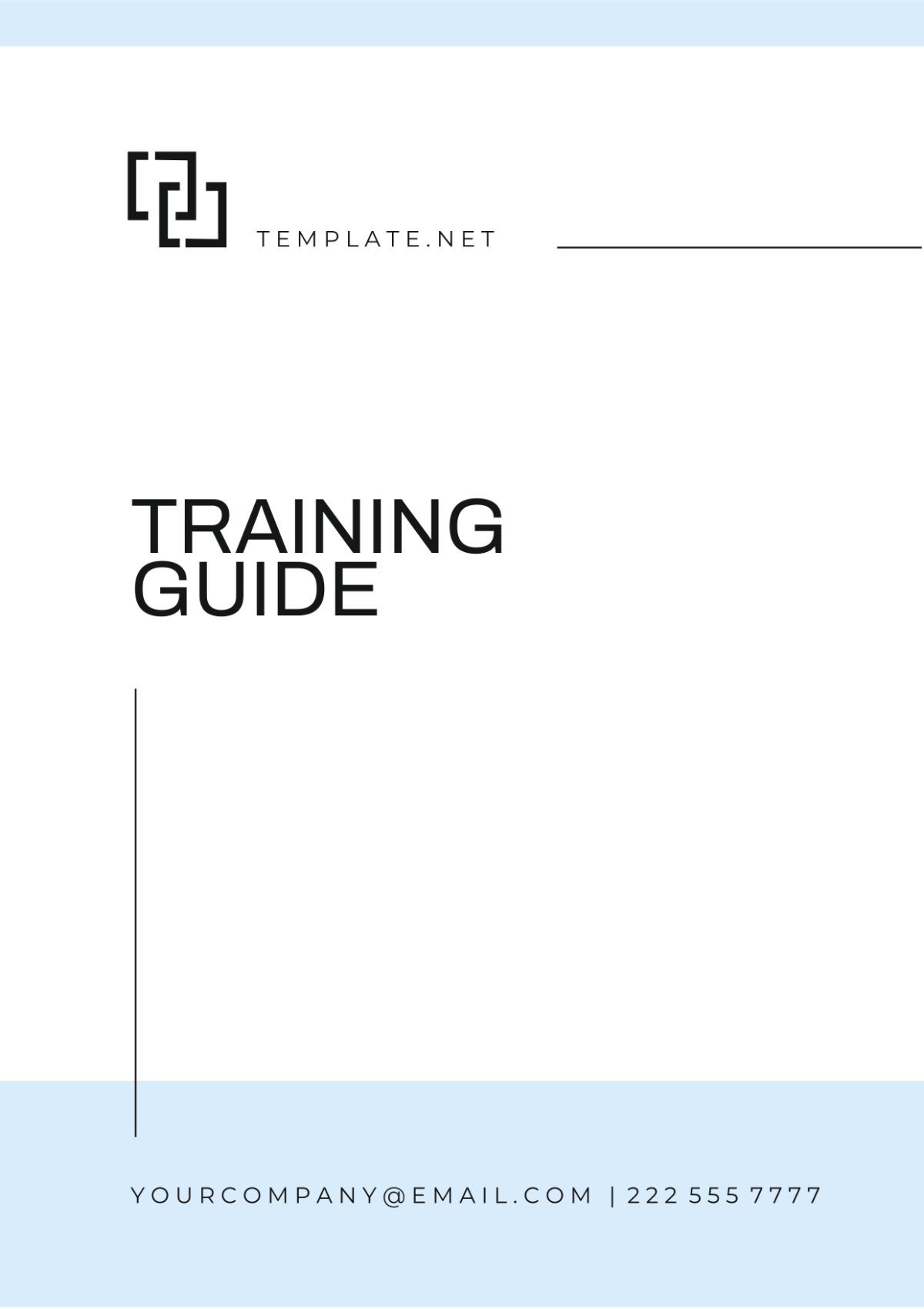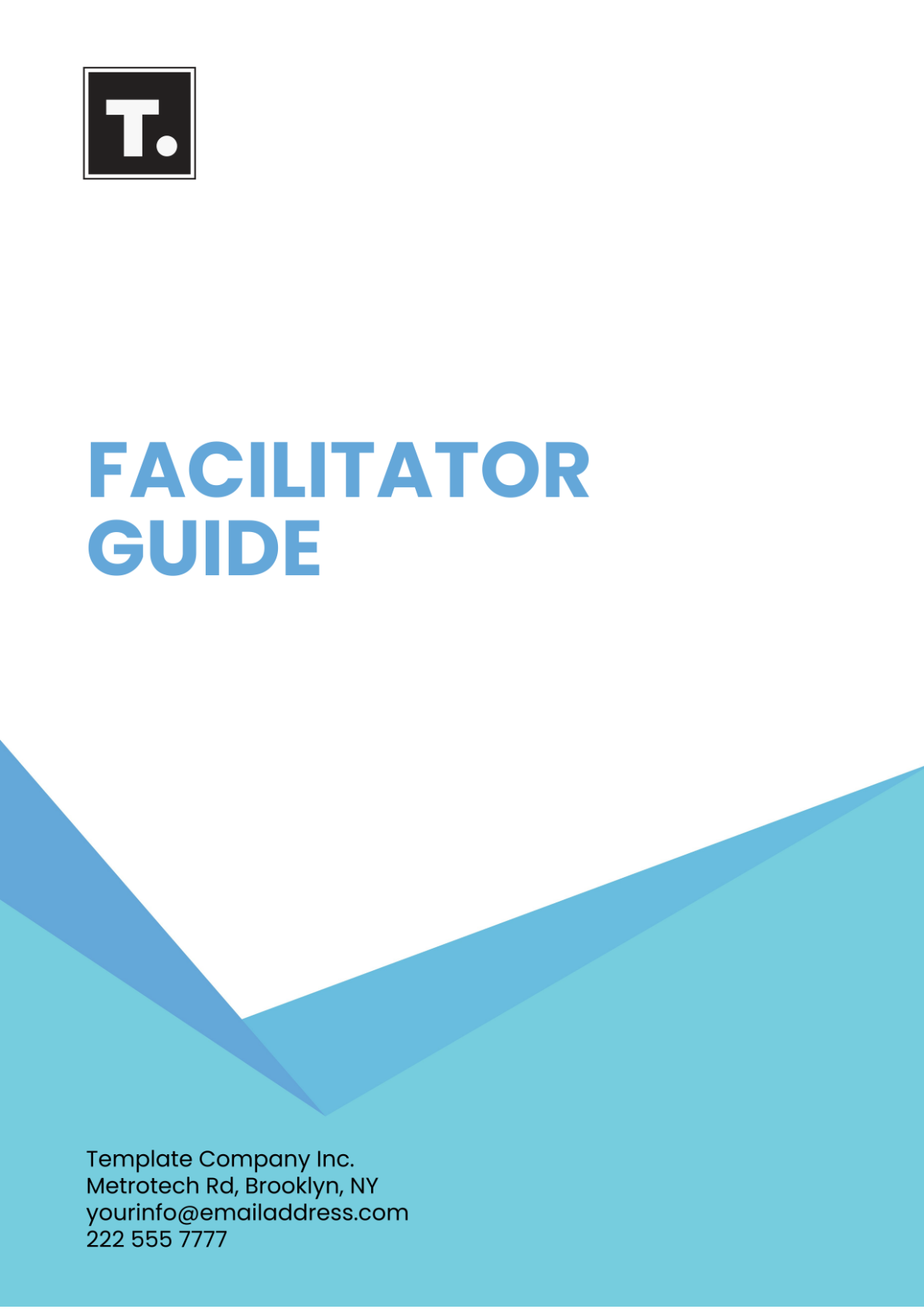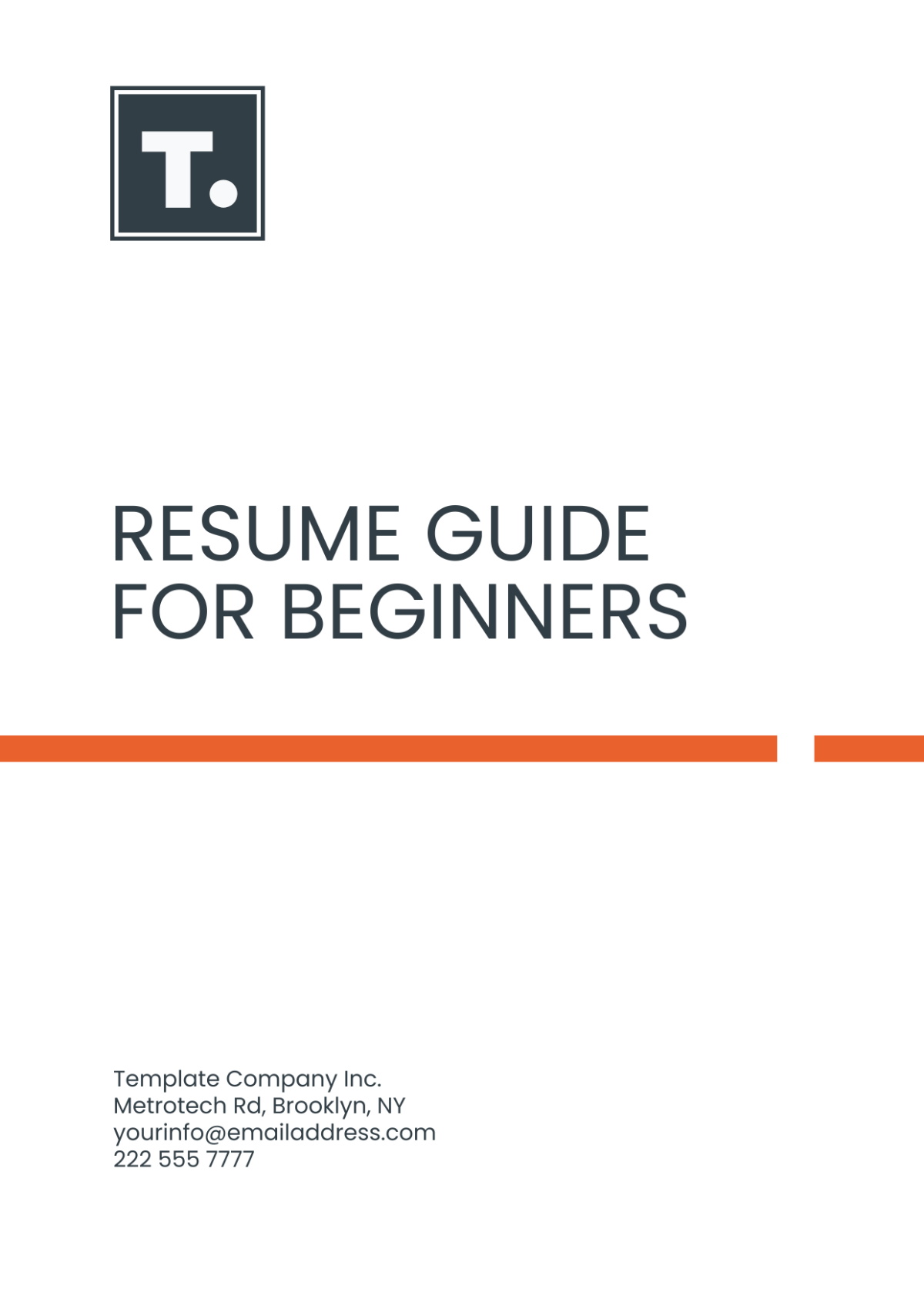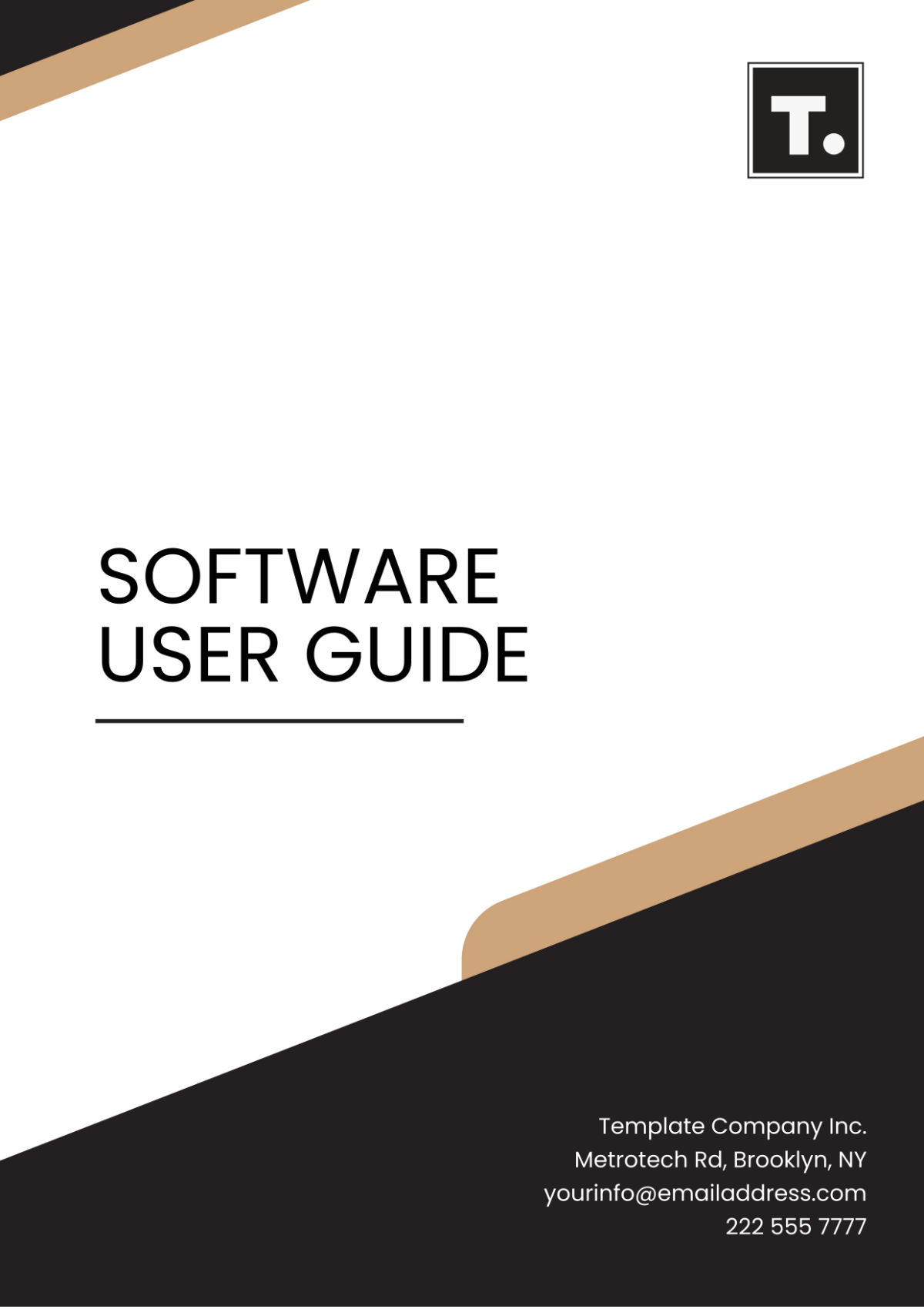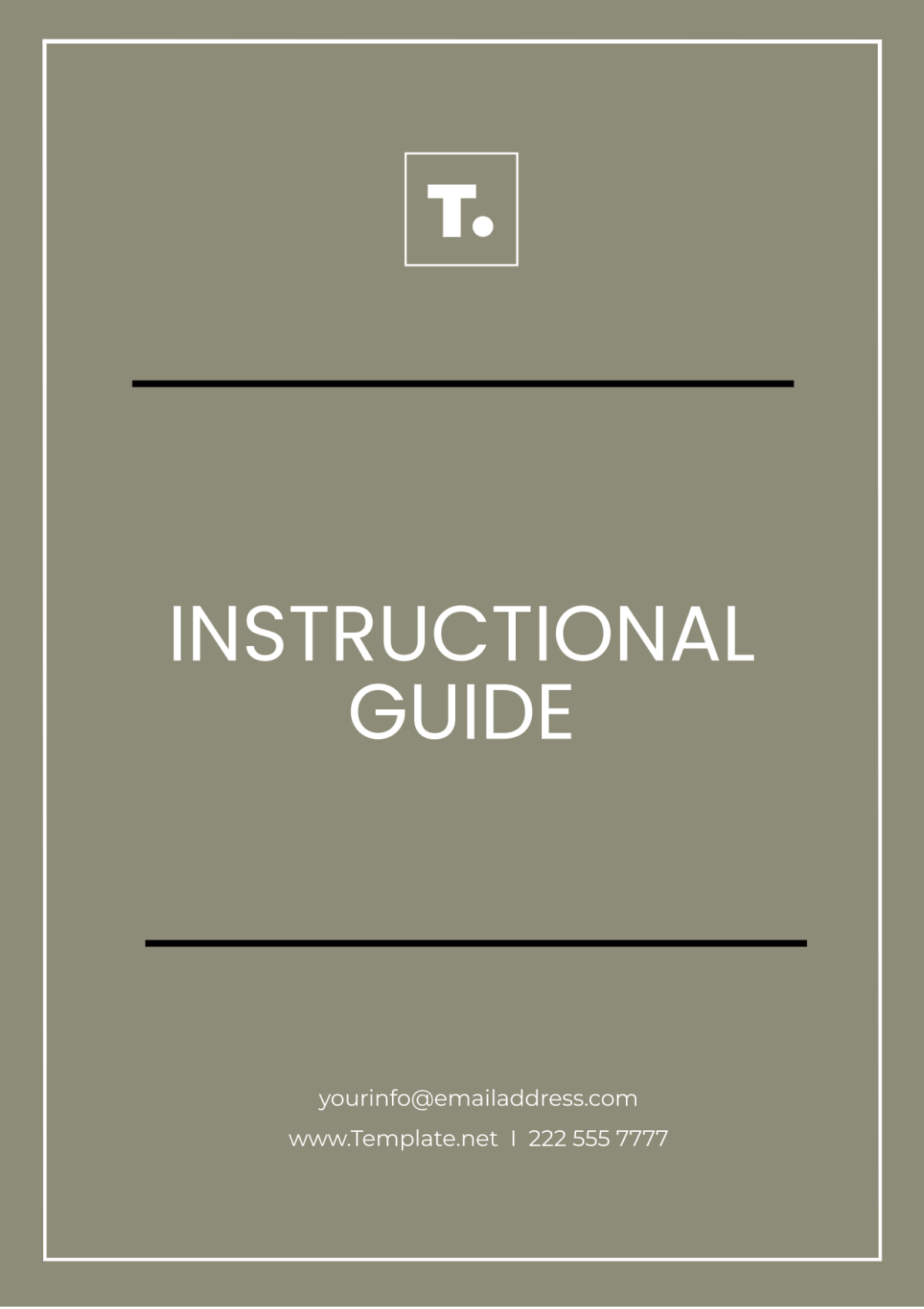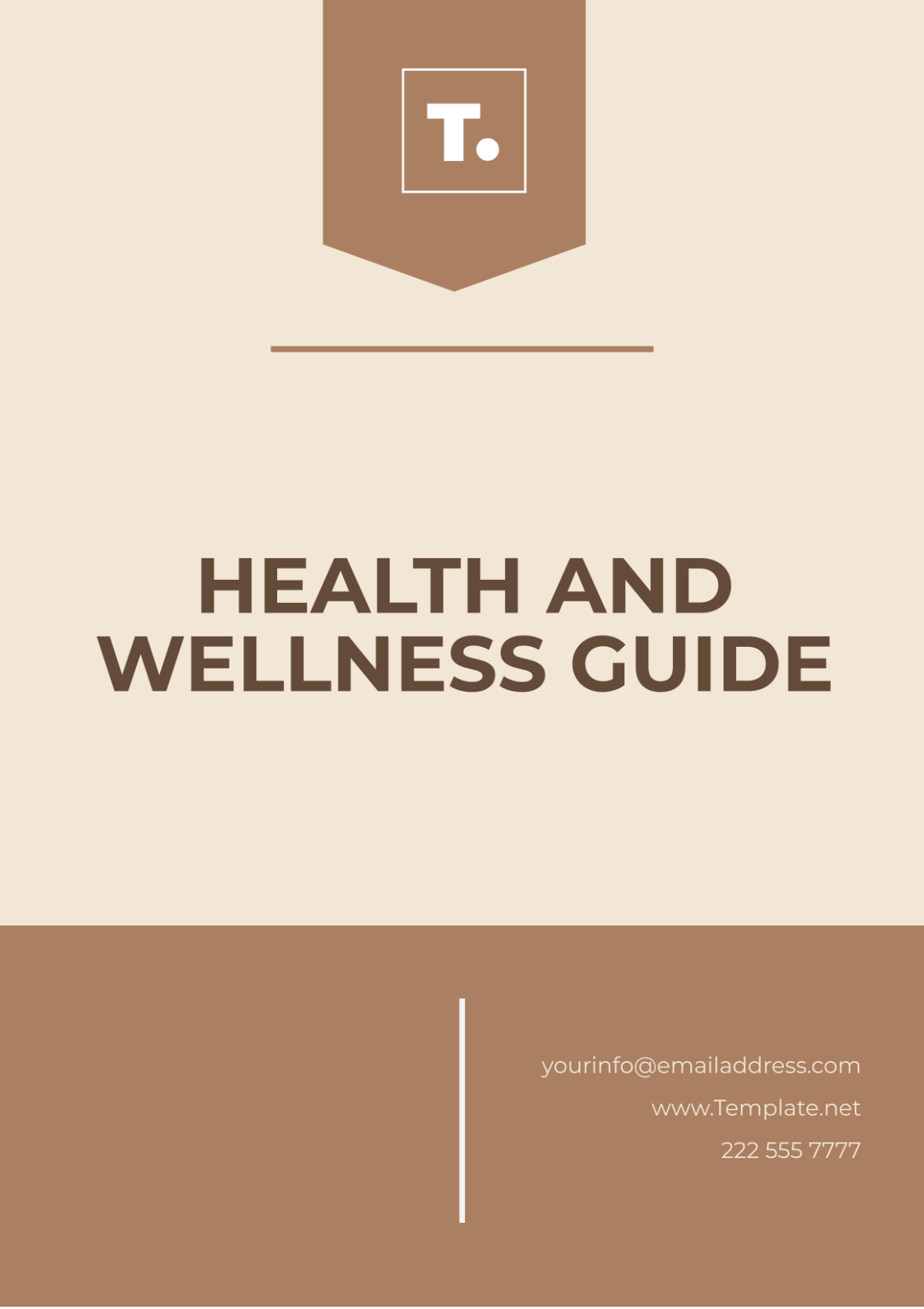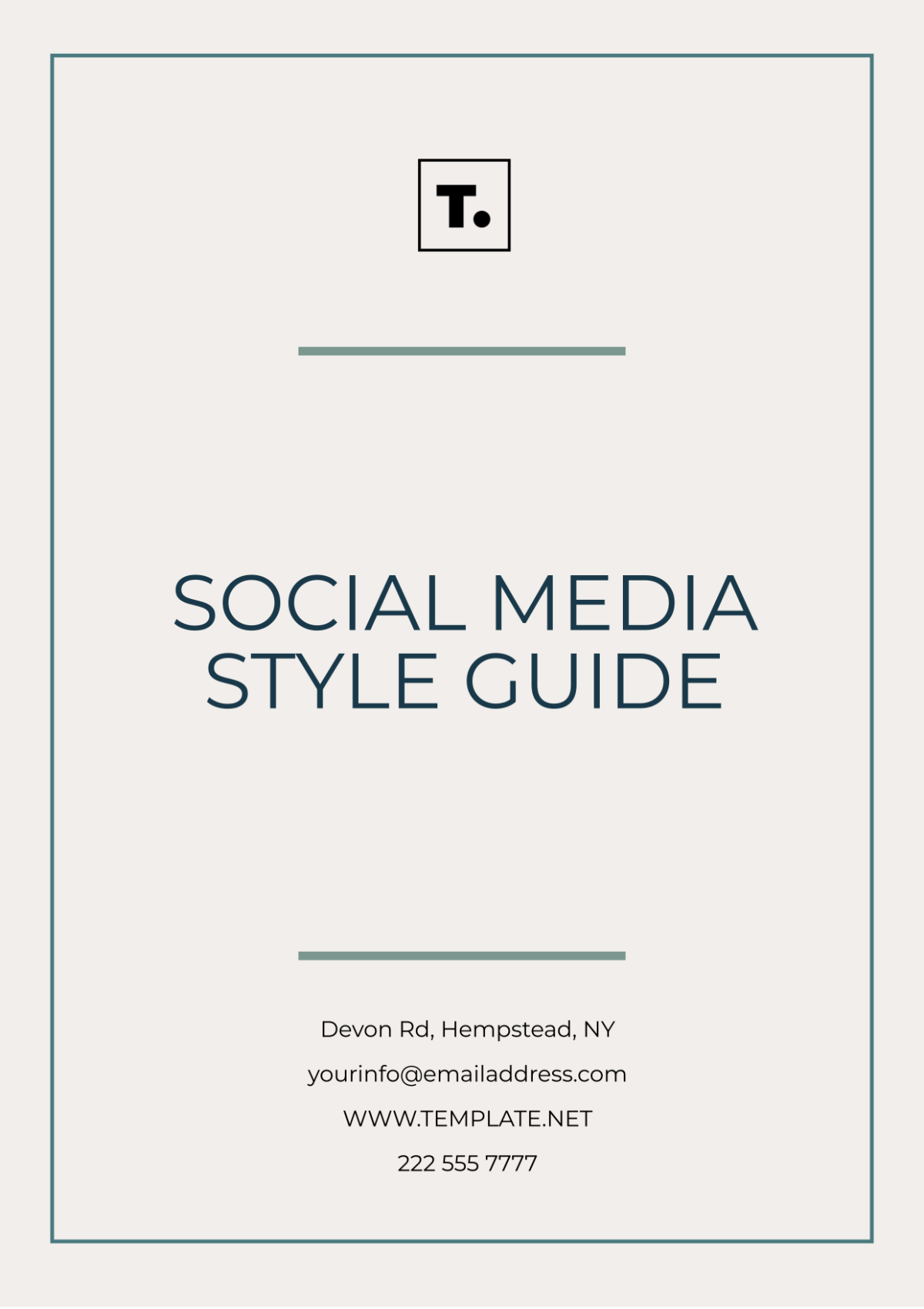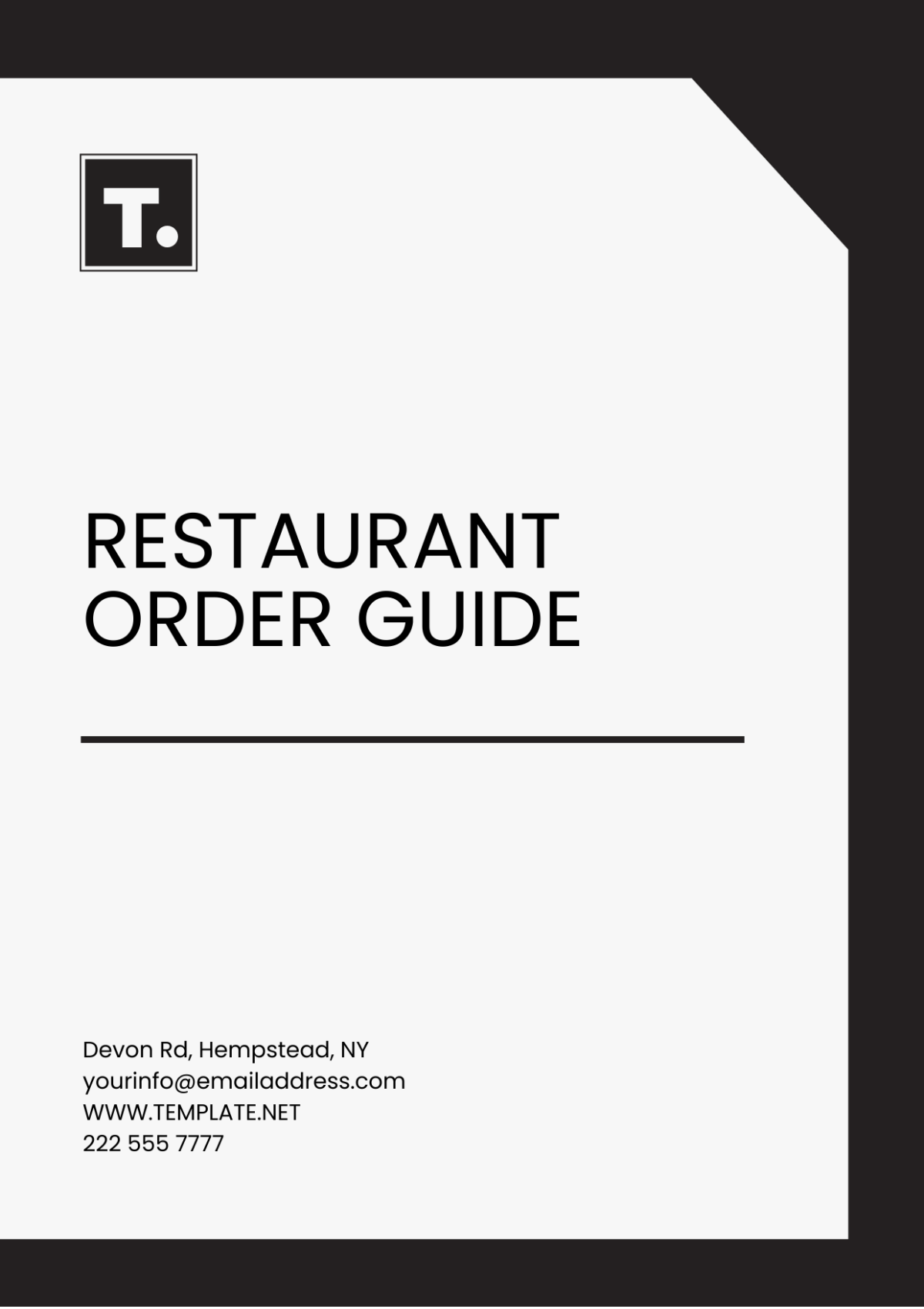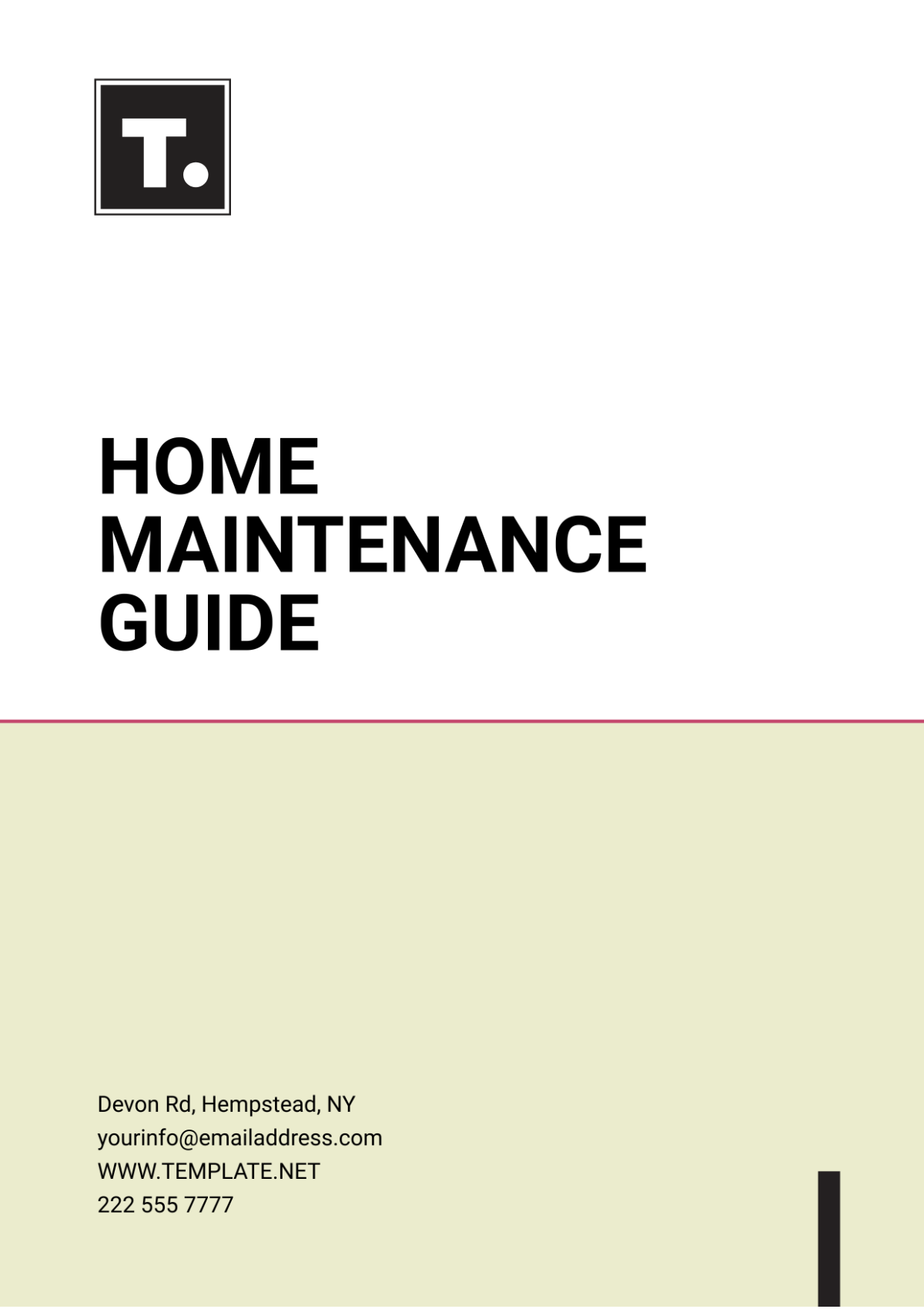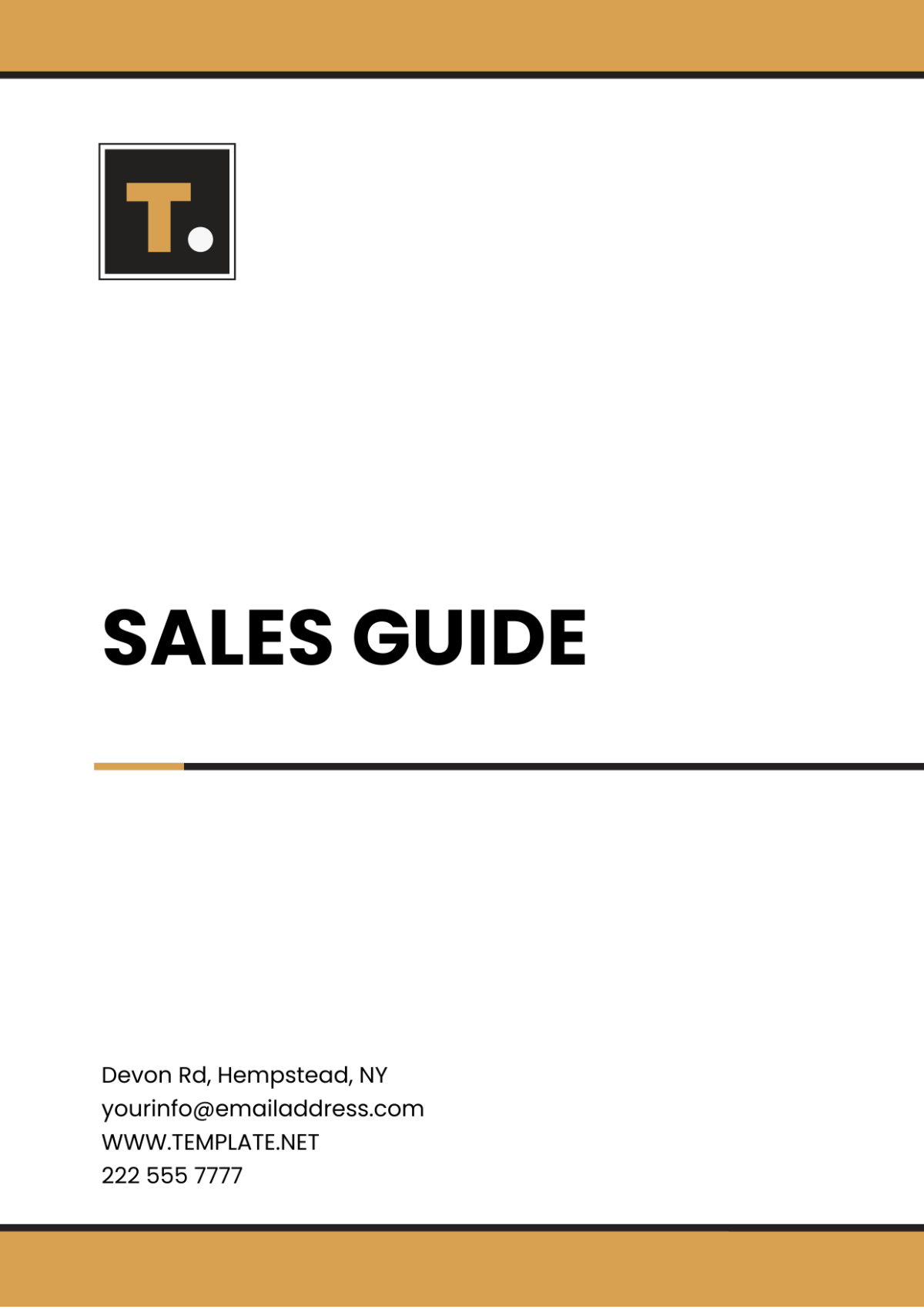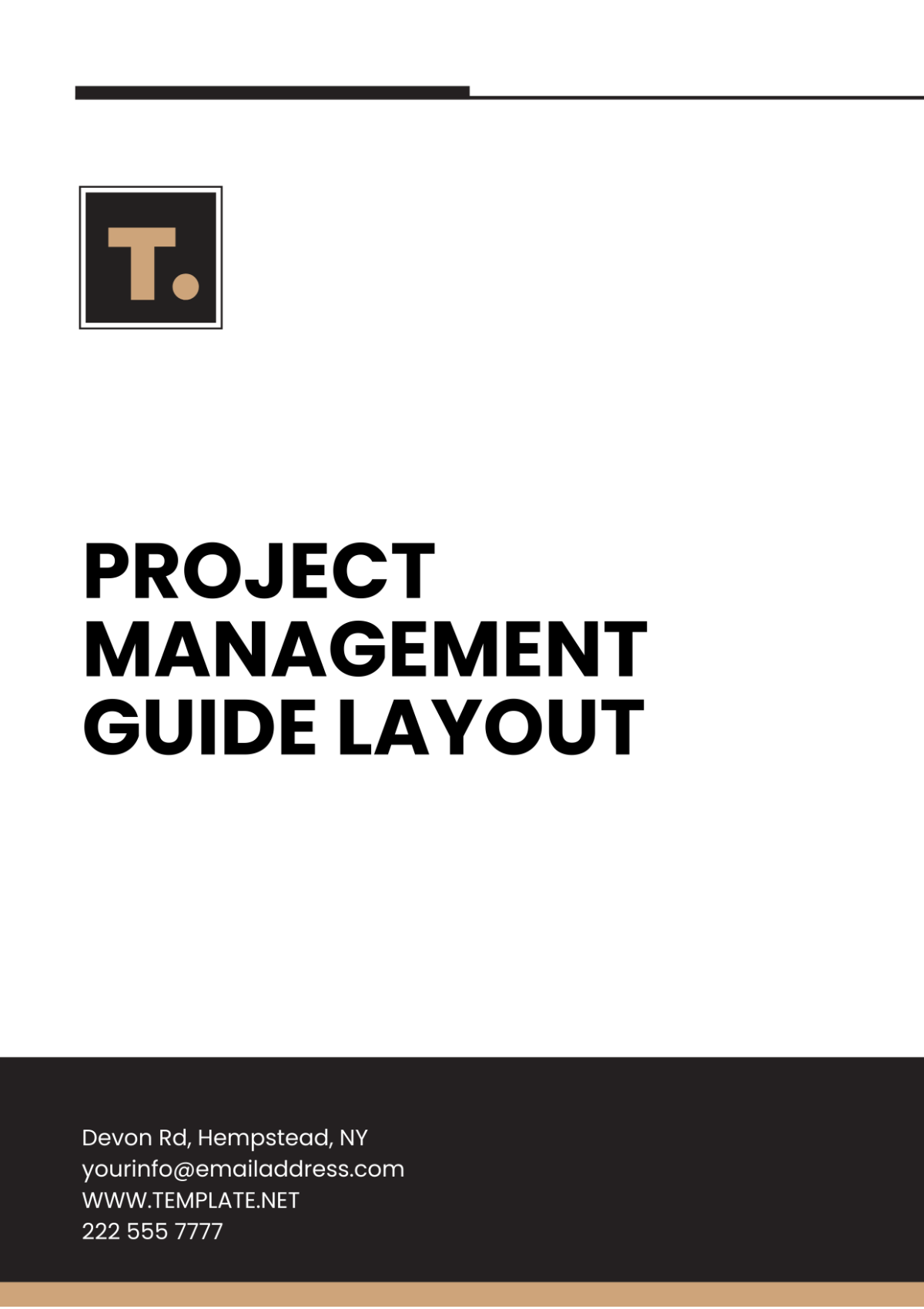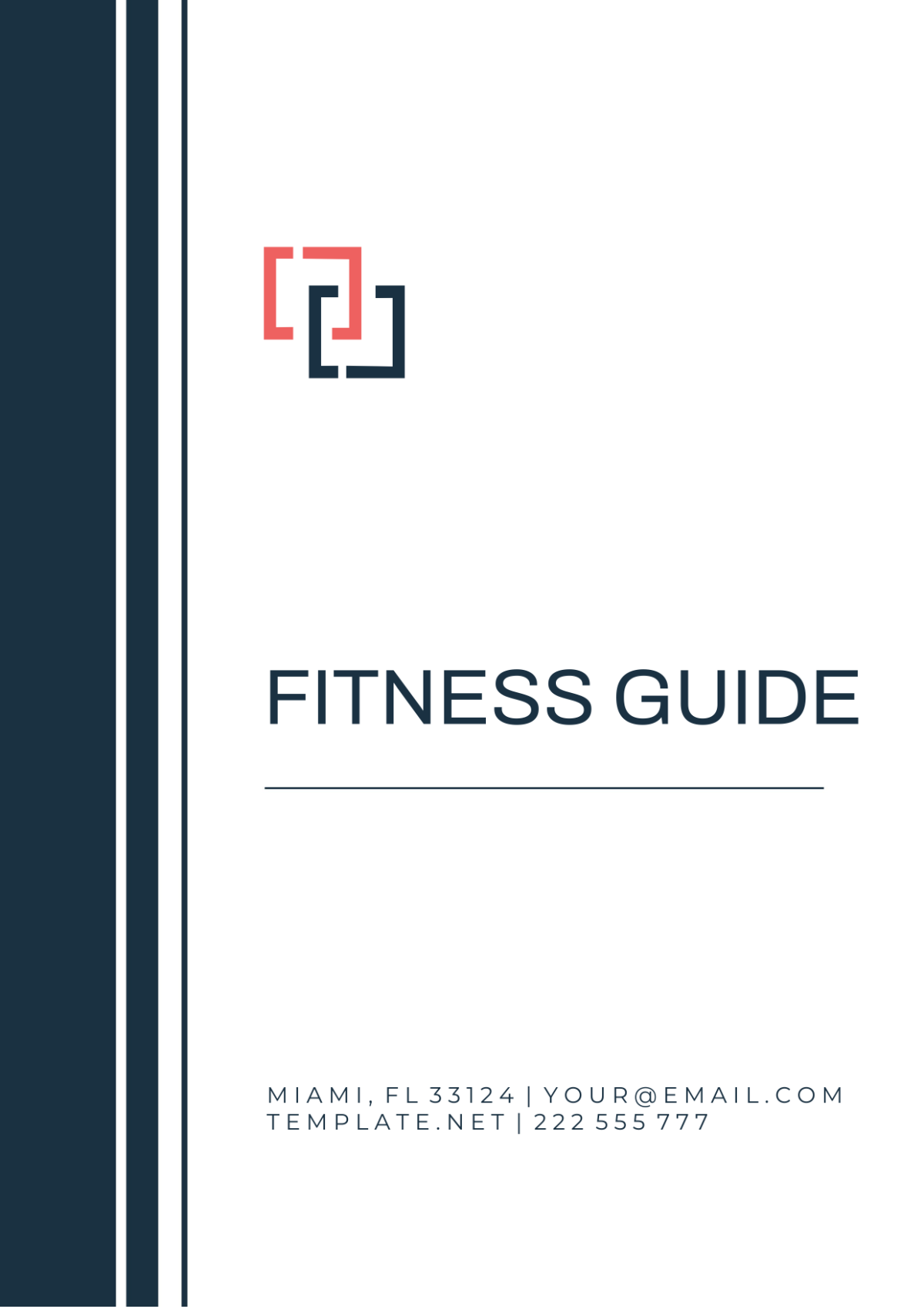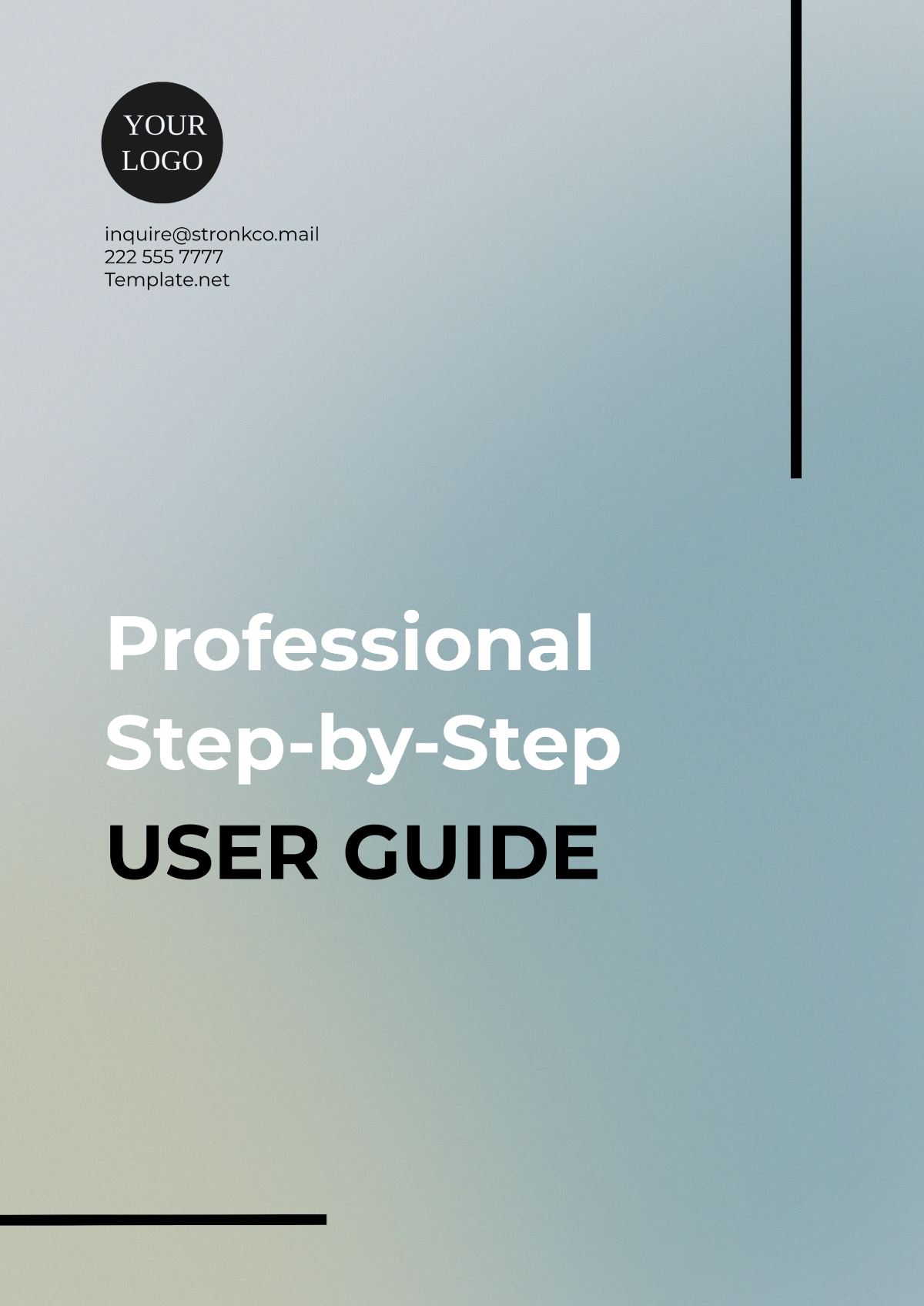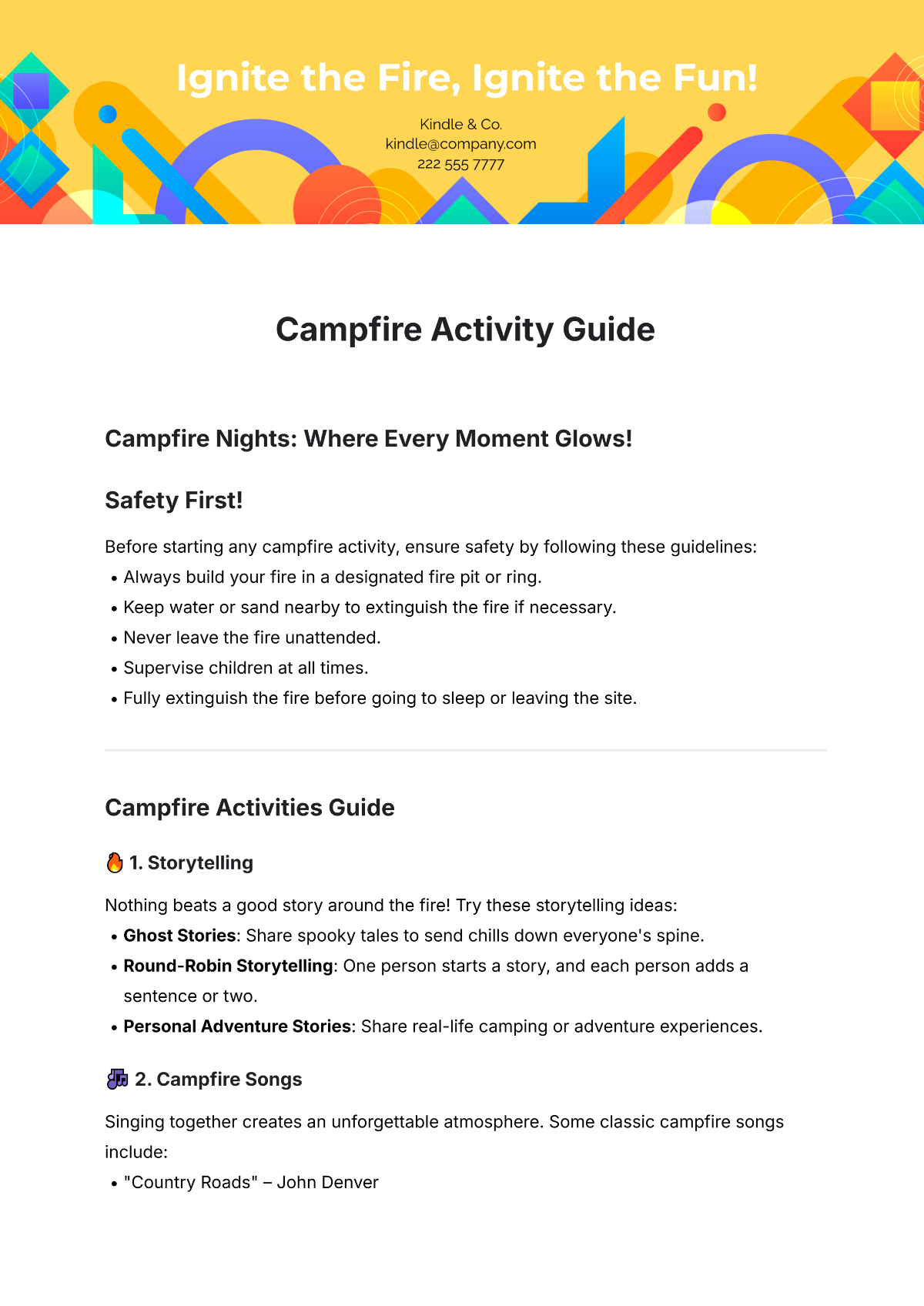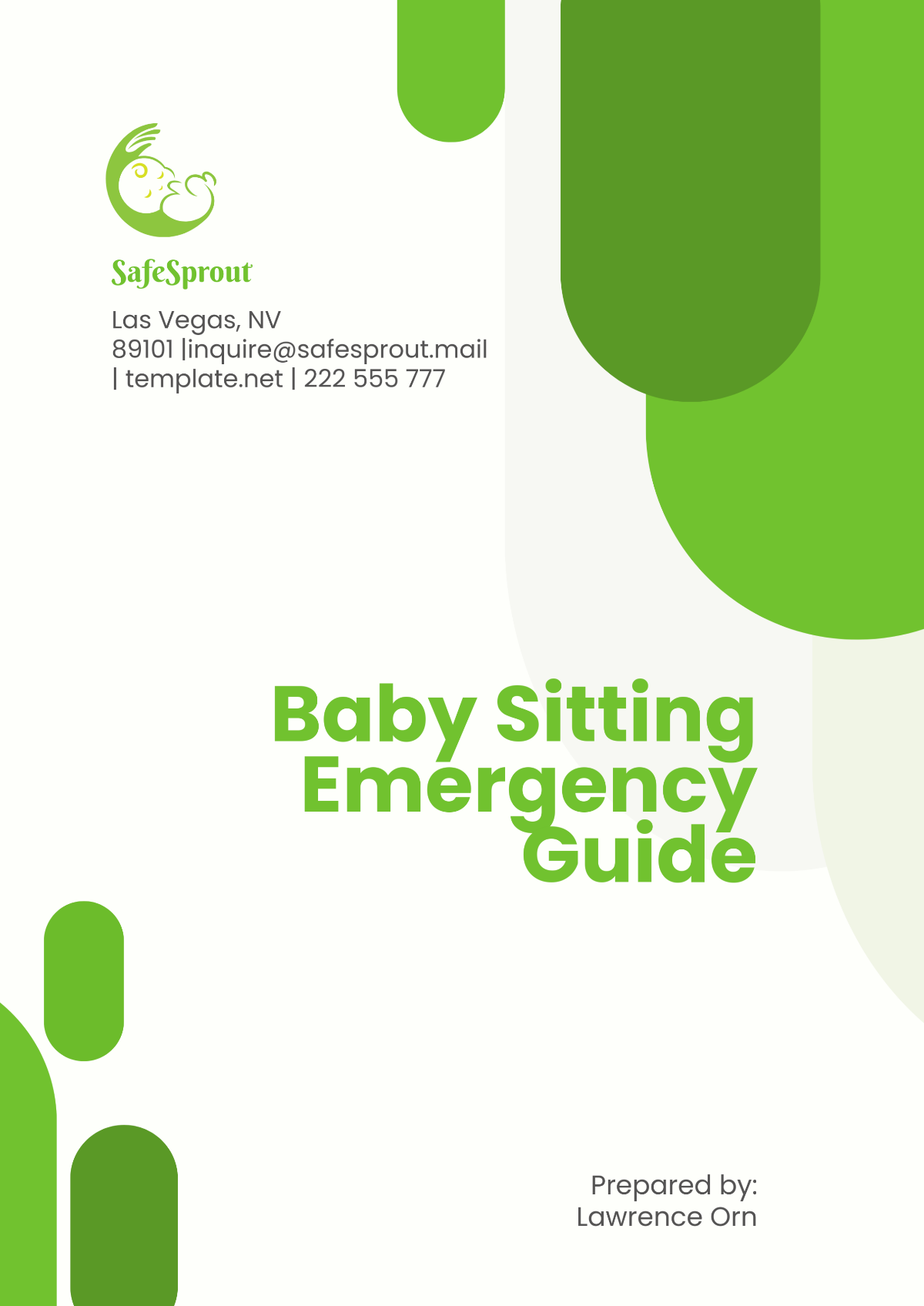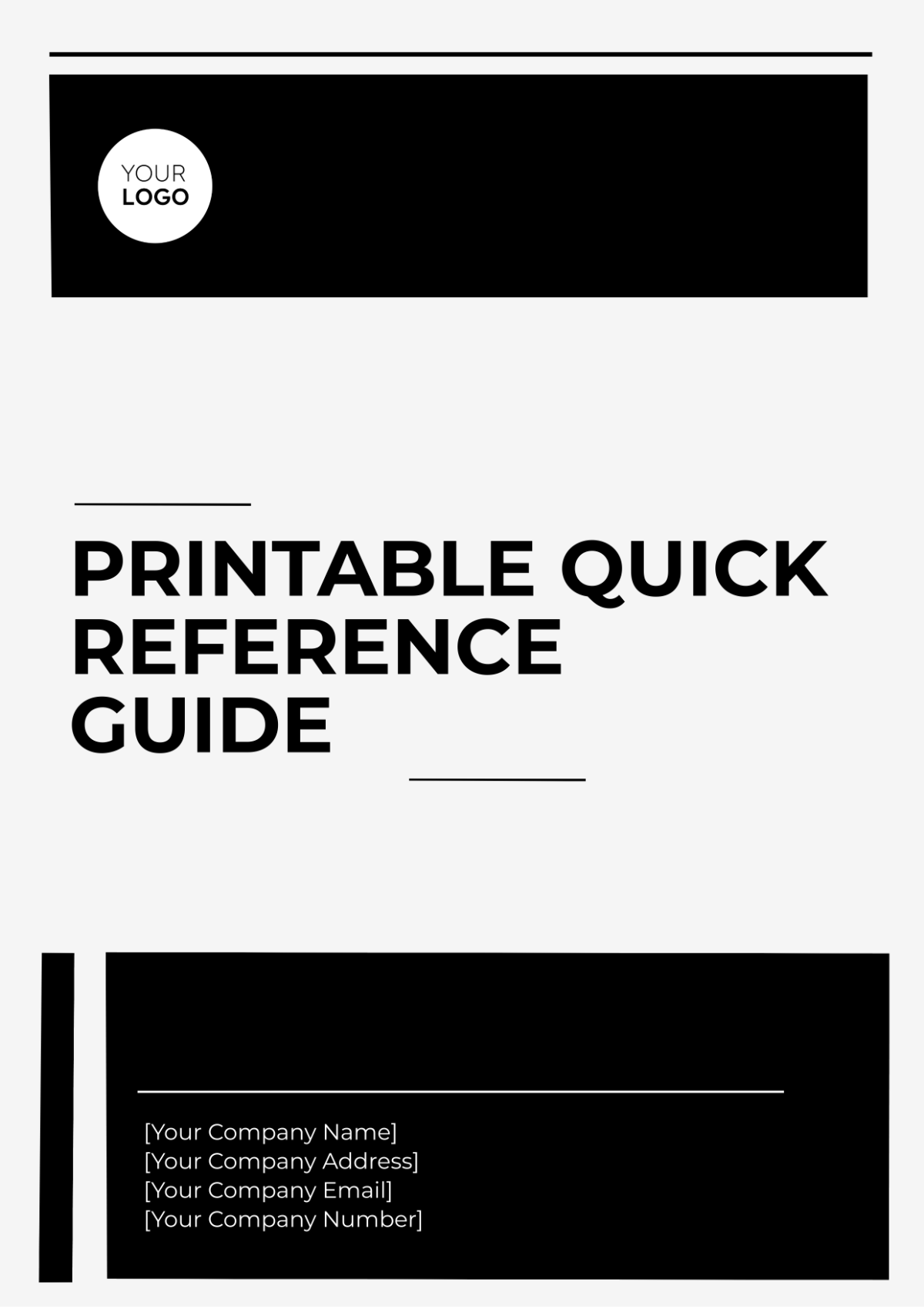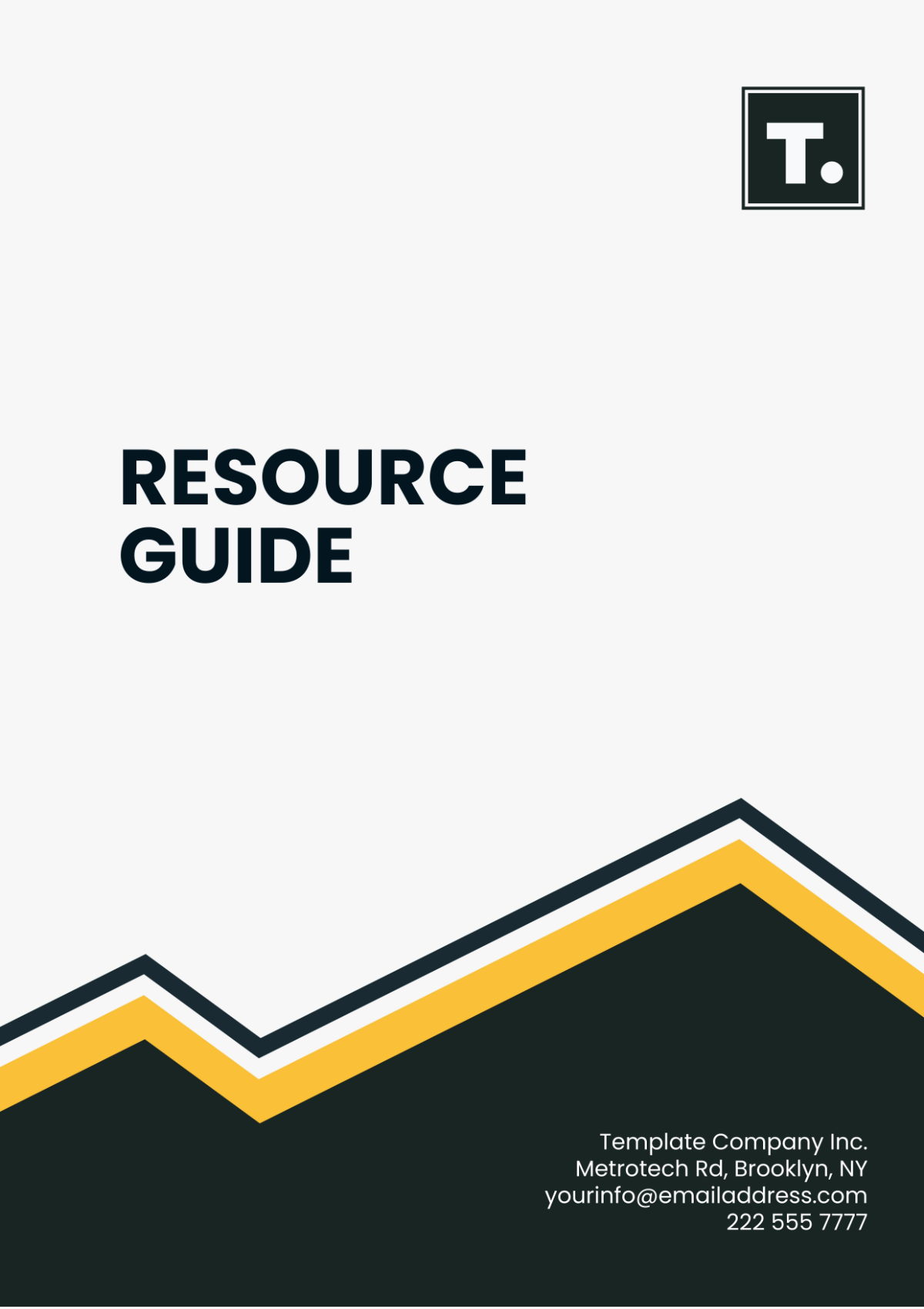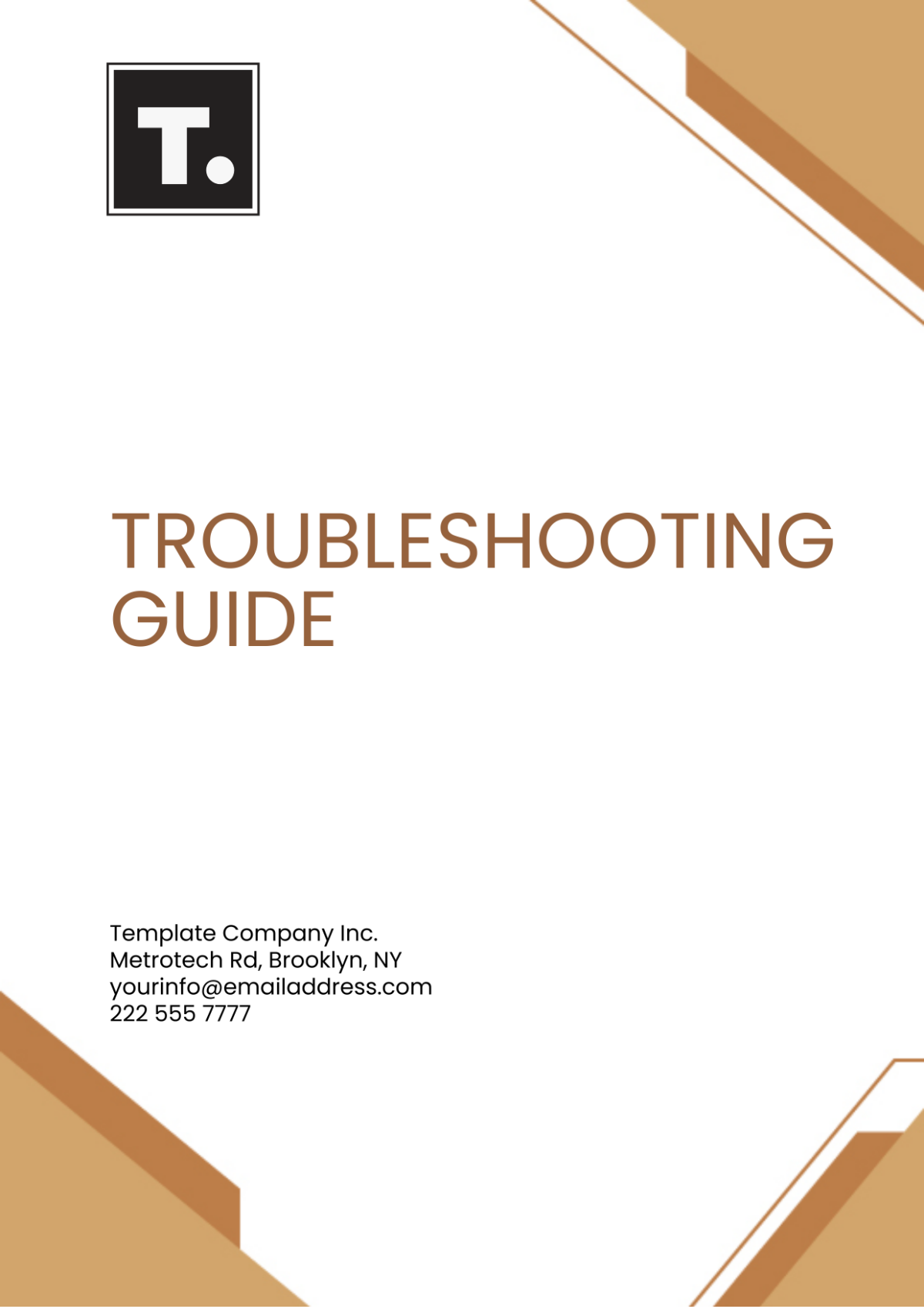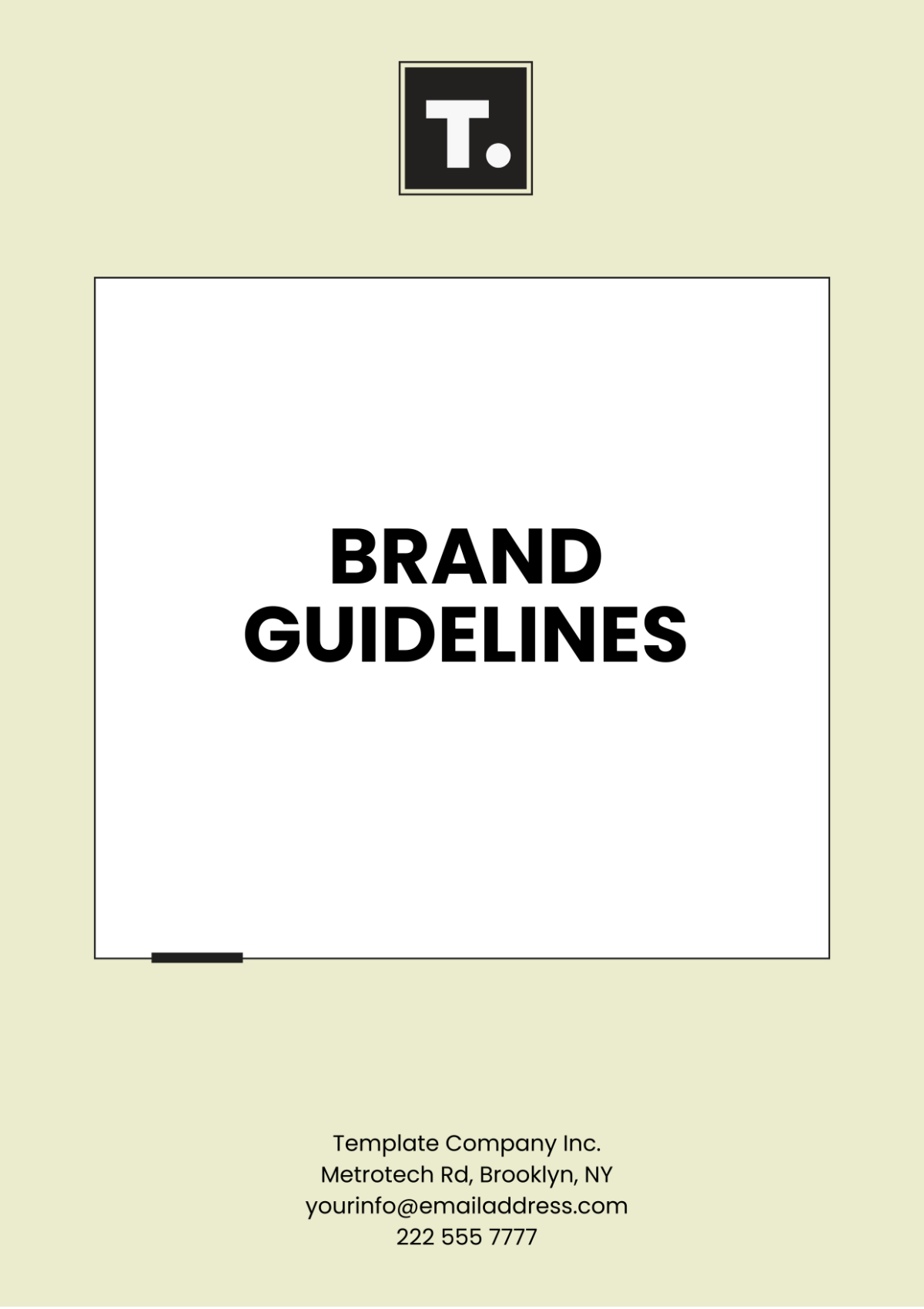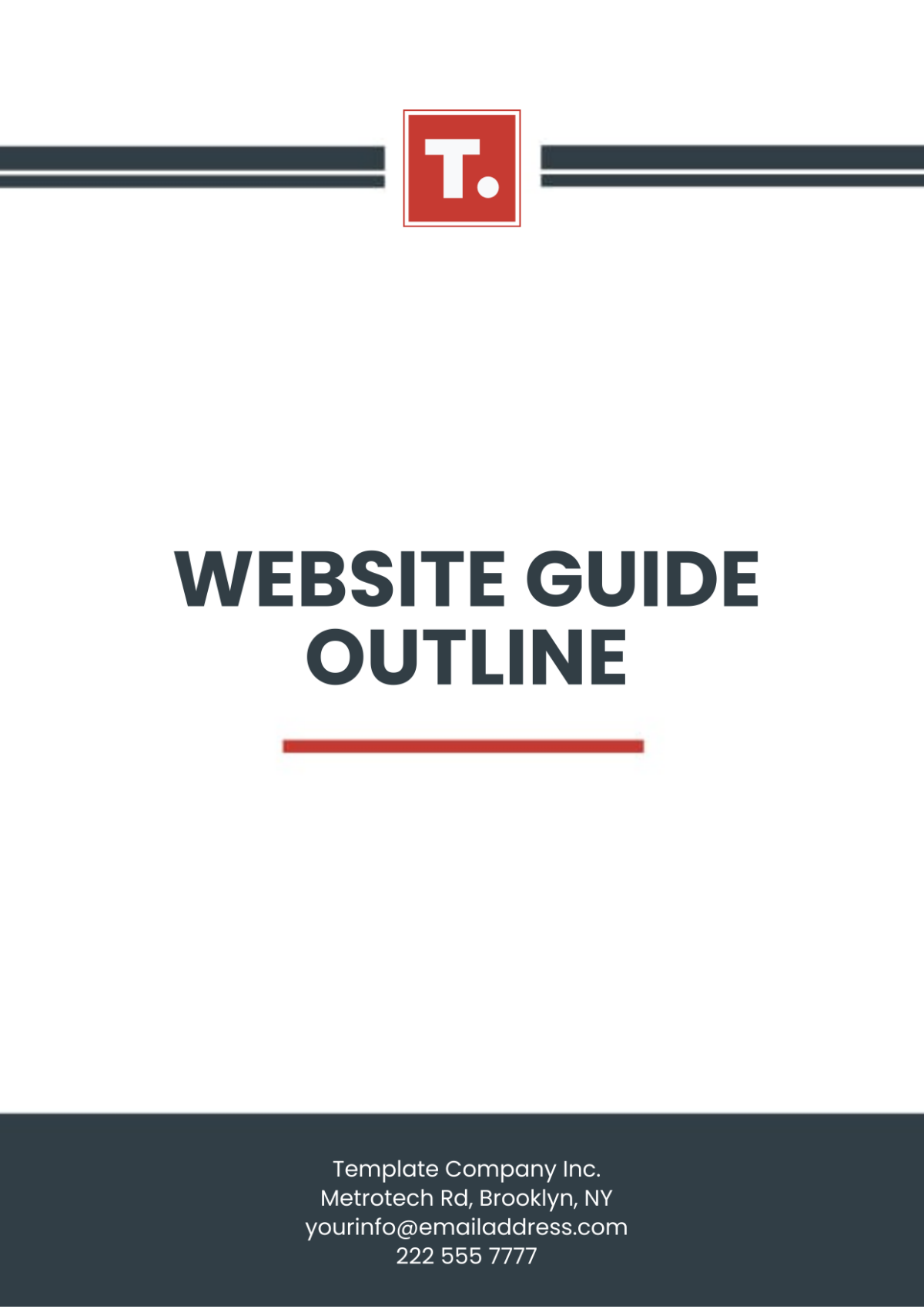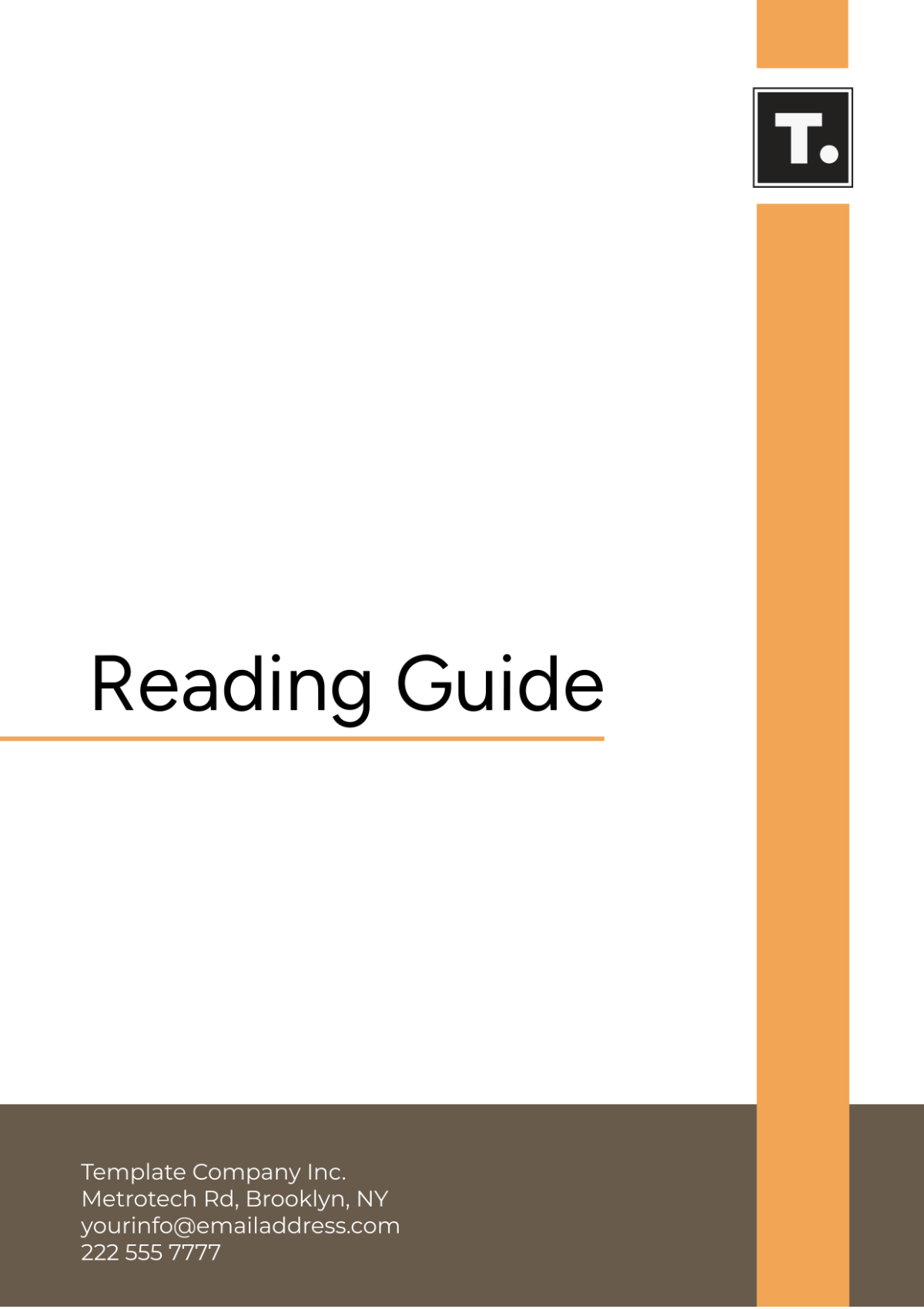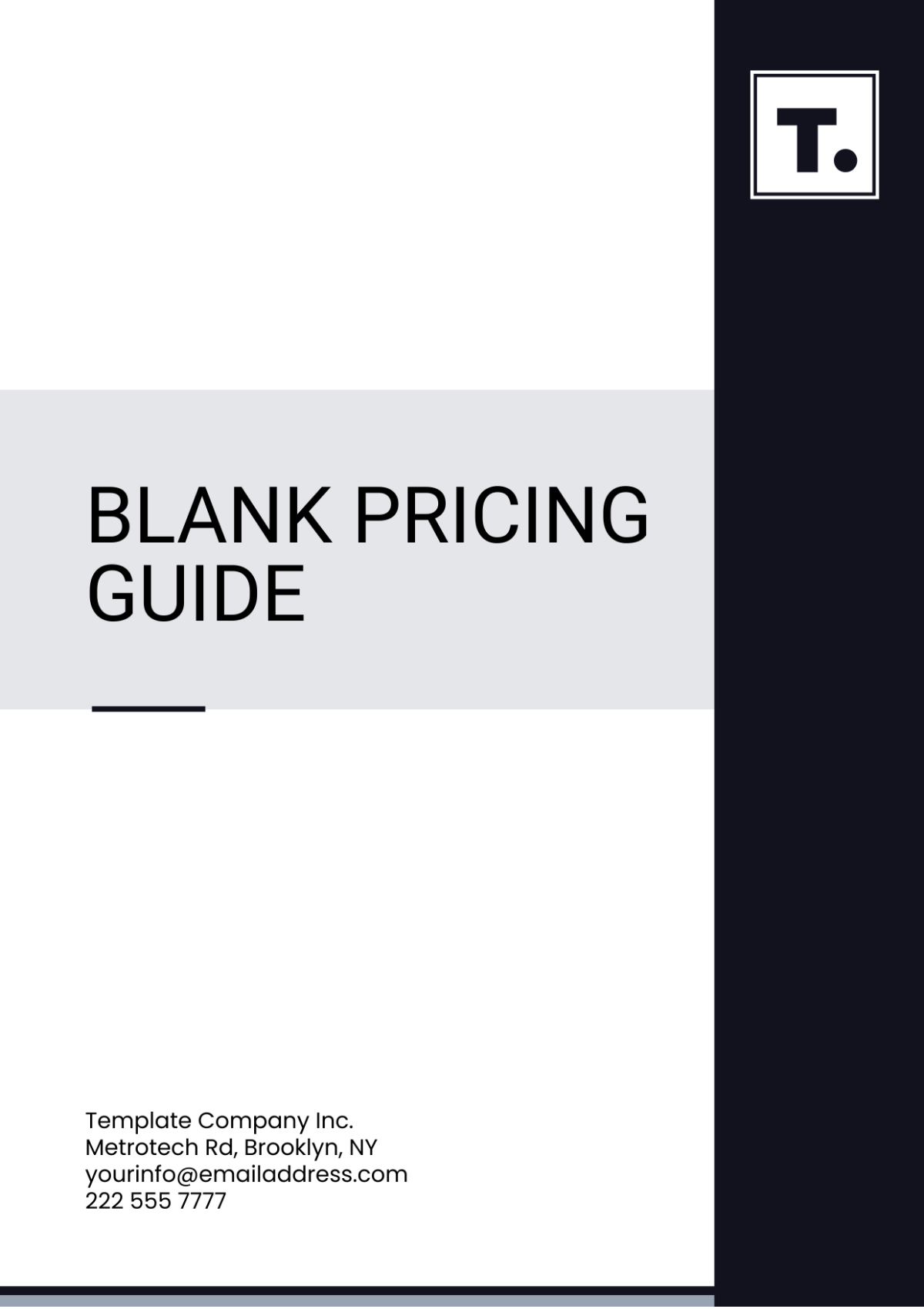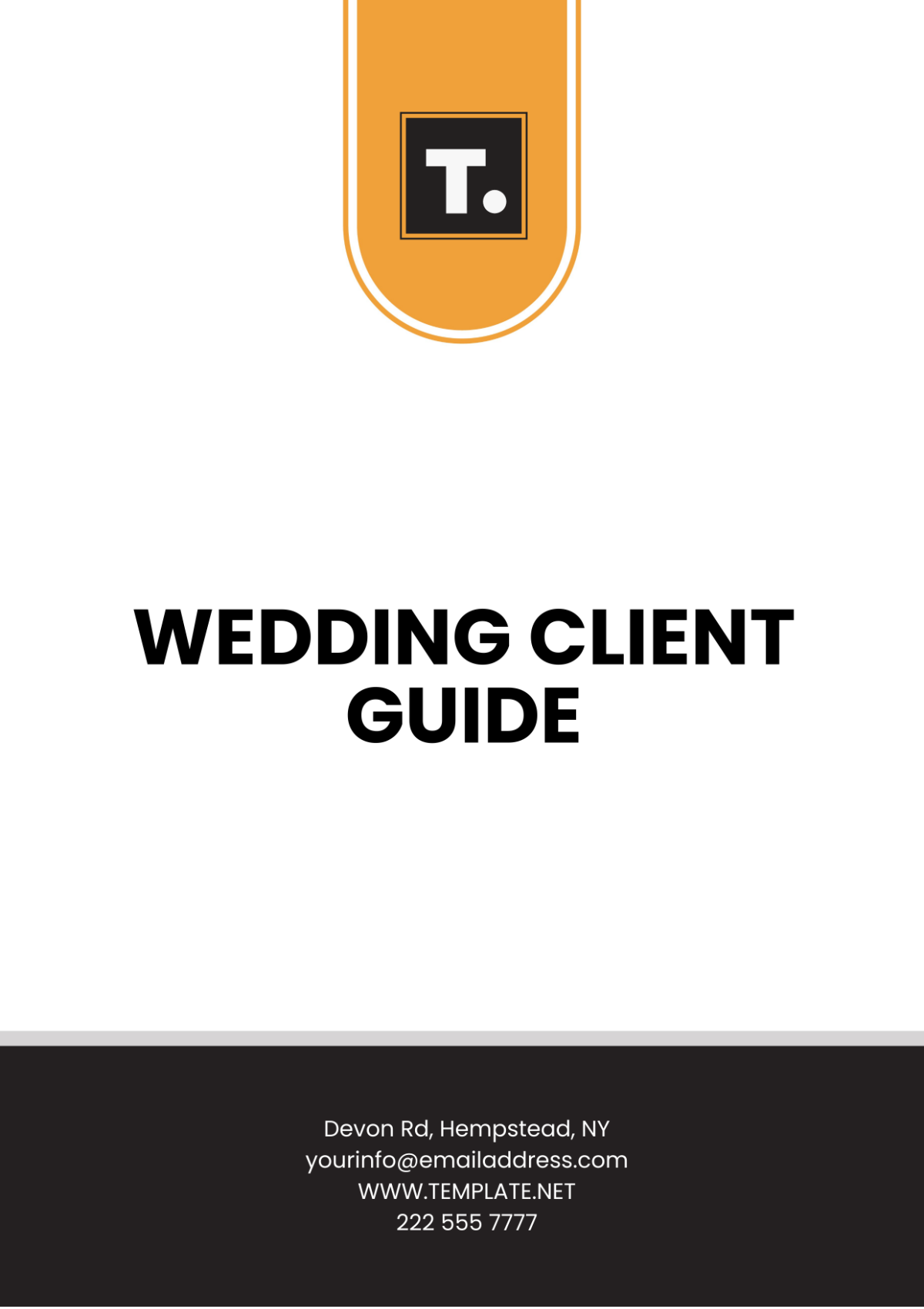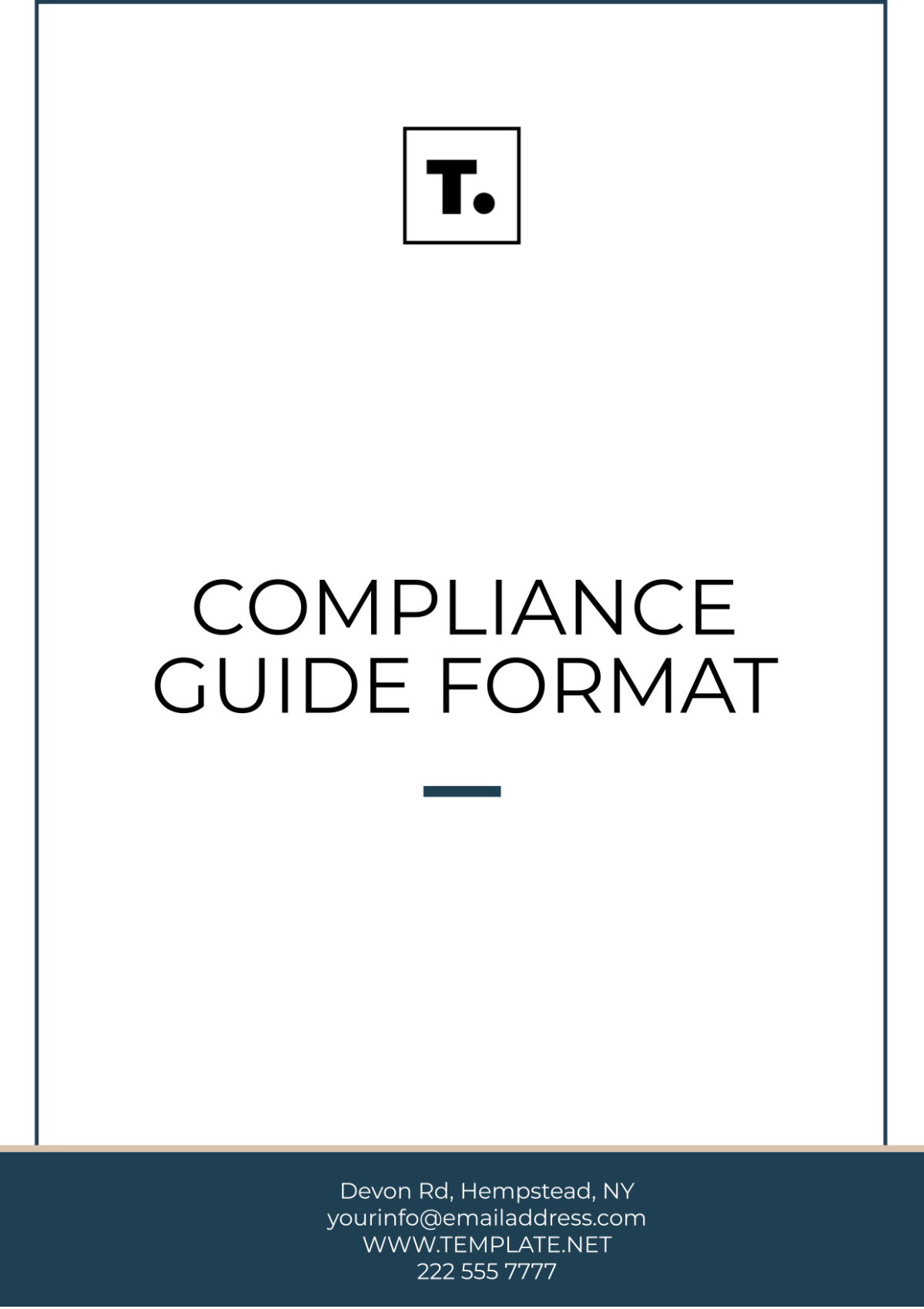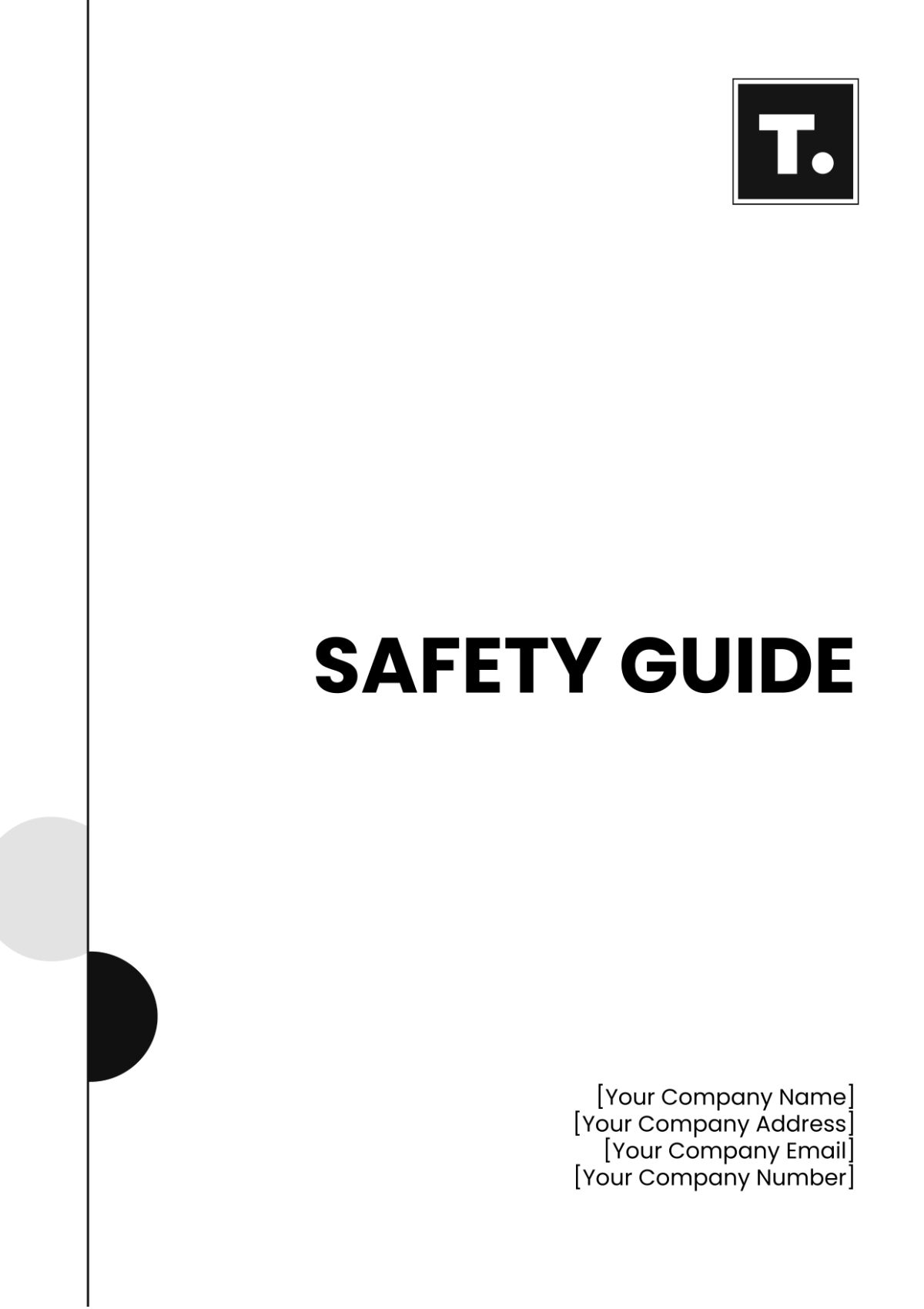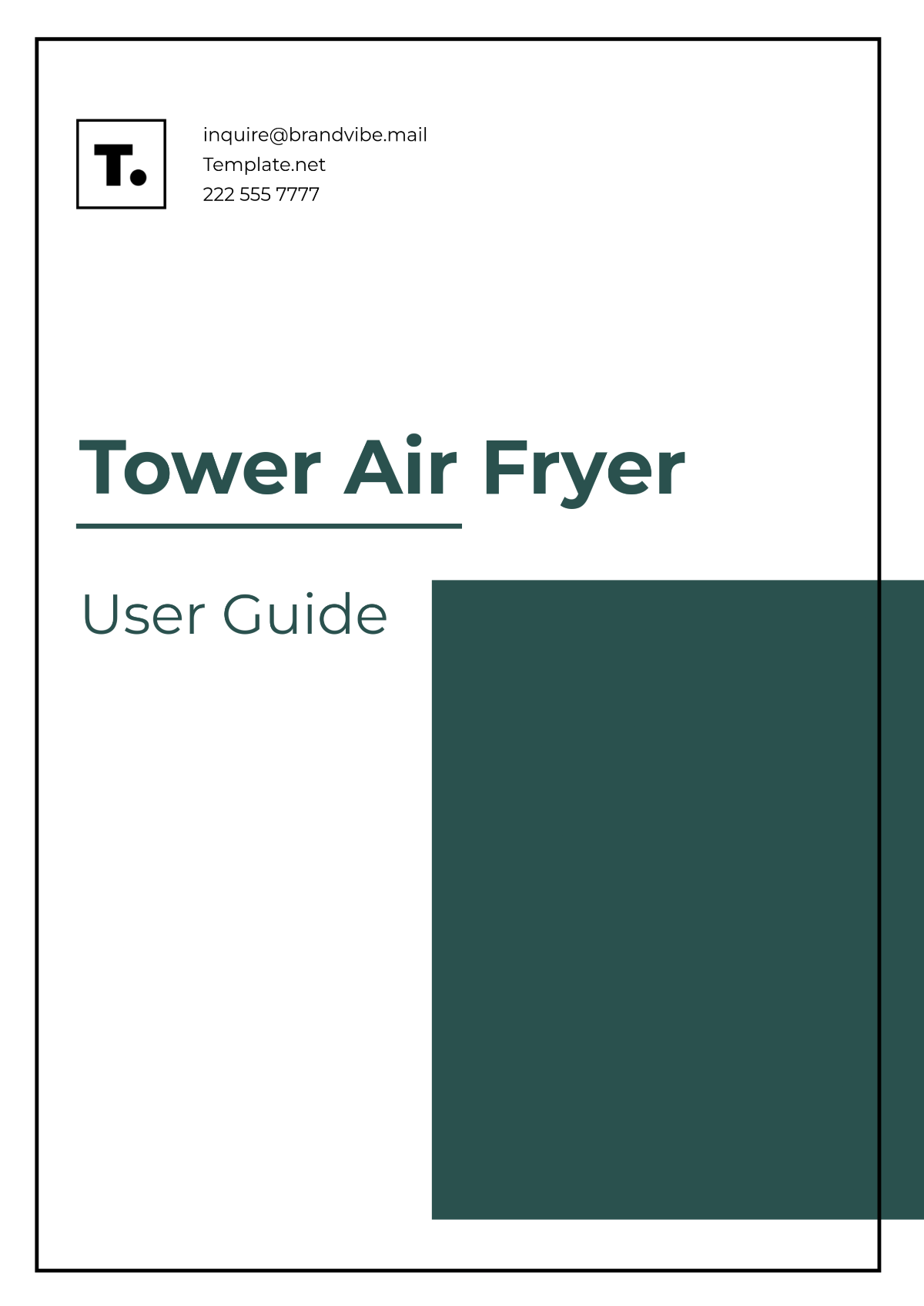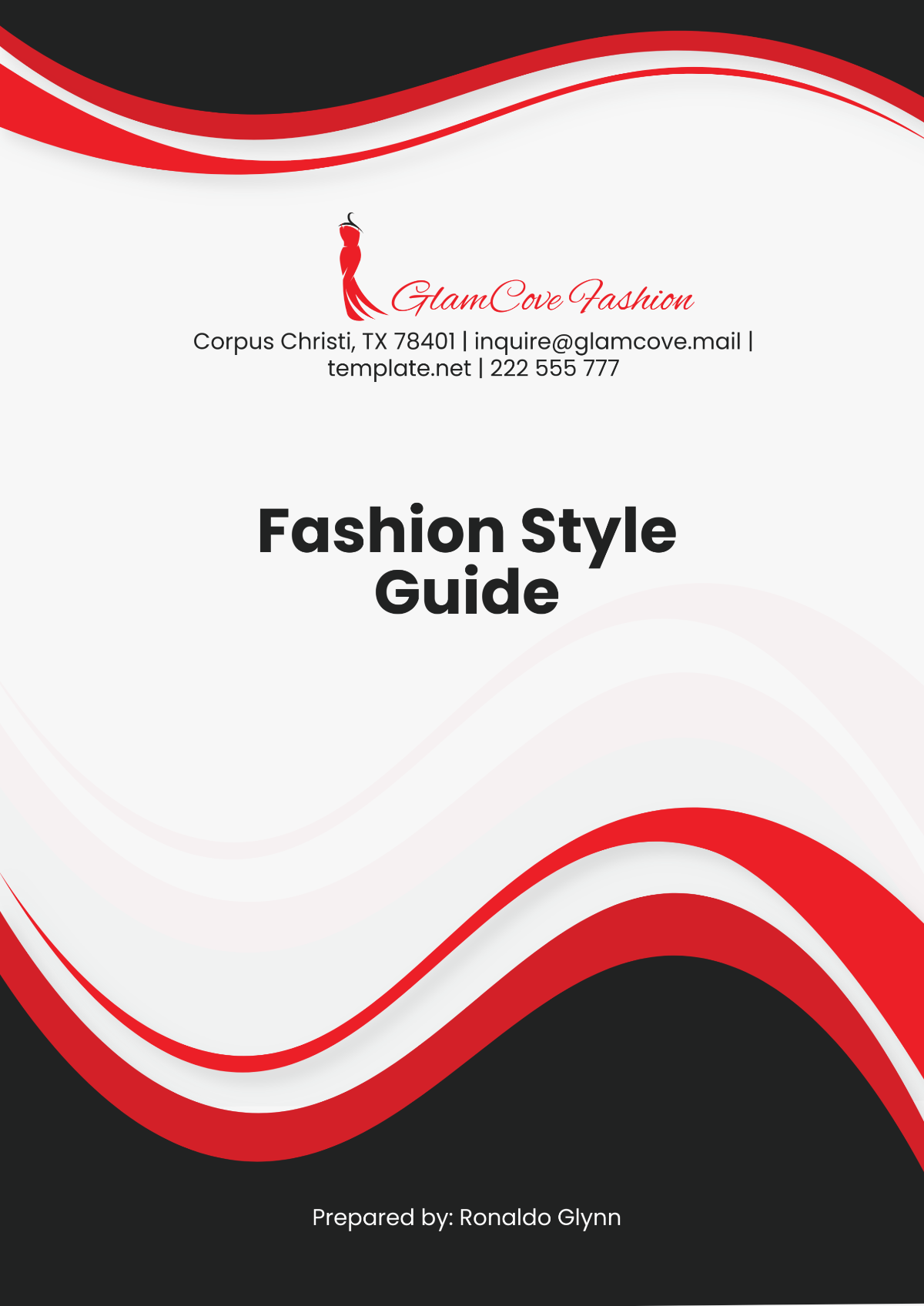PPE User Guide
1. Introduction
This Personal Protective Equipment (PPE) User Guide tailored for the employees of [Your Company Name]. The primary objective of this guide is to serve as a comprehensive resource, encompassing the critical aspects of PPE including its proper selection, effective usage, meticulous maintenance, and environmentally responsible disposal. The significance of PPE cannot be overstated in maintaining workplace safety and ensuring the well-being of our employees. It acts as a fundamental barrier against workplace hazards, thereby reducing the risk of injury and enhancing the overall safety culture within our organization.
In today’s dynamic work environments, which often present an array of physical, chemical, and biological hazards, the role of PPE becomes pivotal in safeguarding our workforce. This guide not only aligns with the latest industry standards and legal requirements but also reflects our commitment to upholding the highest levels of safety and compliance. By familiarizing yourself with this guide, you will be equipped with the knowledge to make informed decisions about the appropriate PPE for various tasks, understand the correct procedures for its use, and recognize the importance of its care and maintenance.
Your adherence to the practices outlined in this guide is essential in fostering a safe and compliant workplace at [Your Company Name]. We encourage you to utilize this guide as a valuable tool in your daily operations, contributing to a culture of safety and responsibility that benefits everyone in our organization.
2. Types of PPE
Chapter 2 of this guide focuses on the diverse types of Personal Protective Equipment (PPE) crucial for the safety of employees at [Your Company Name]. This section is meticulously designed to provide detailed insights into the various categories of PPE available, their specific use cases, and the standards they adhere to. Understanding the different types of PPE is essential for selecting the right equipment for different job roles and environments, ensuring both safety and compliance with regulatory standards.
The range of PPE covered in this chapter includes head, eye and face, hearing, respiratory, hand, body, and foot protection. Each category addresses specific risks and hazards associated with different workplace activities. By equipping our employees with the knowledge of these types, we aim to foster a work environment where safety is paramount, and the risk of injuries is minimized. This comprehensive overview will guide you through the necessary equipment, helping you make informed decisions about the PPE that is most suitable for your needs and ensuring its effective use in the workplace.
Table of PPE Types:
PPE Category | Type | Use Cases | Standards |
Head Protection | Safety Helmets | Construction, Mining | ANSI Z89.1-2014 |
Bump Caps | Mechanical Work, Low-risk Areas | EN 812:2012 | |
Eye and Face Protection | Safety Glasses | General Eye Protection | ANSI Z87.1-2020 |
Face Shields | Chemical Splashes, Welding | EN 166:2001 | |
Hearing Protection | Earplugs | High-noise Environments | EN 352-2:2002 |
Earmuffs | Continuous Noise Exposure | ANSI S3.19-1974 | |
Respiratory Protection | Disposable Masks | Dusty Environments | NIOSH 42 CFR Part 84 |
Respirators | Chemical Vapors, Smoke | EN 149:2001 | |
Hand Protection | Gloves | Chemical Handling, Mechanical Work | EN 388:2016 |
Body Protection | High-Visibility Vests | Traffic Control, Construction | ANSI/ISEA 107-2015 |
Lab Coats | Laboratory Work | ISO 13688:2013 | |
Foot Protection | Safety Shoes | Construction, Industrial Work | ASTM F2413-18 |
Boots | Chemical Exposure, Wet Environments | EN ISO 20345:2011 |
3. Selection of PPE
The selection of Personal Protective Equipment (PPE) is a critical step in safeguarding the well-being and safety of employees at [Your Company Name]. This chapter outlines the systematic approach and considerations necessary for choosing the most appropriate and effective PPE based on workplace-specific hazards.
3.1 Understanding Workplace Hazards:
Before selecting PPE, it is essential to conduct a thorough assessment of the workplace to identify potential hazards. Hazards may vary significantly depending on the nature of the job and the work environment, ranging from physical and mechanical risks to chemical, biological, and environmental threats. This assessment should be comprehensive, encompassing all aspects of the work environment.
3.2 Job Hazard Analysis (JHA):
Job Hazard Analysis (JHA) is an integral process that helps in identifying and documenting the risks associated with specific job tasks. JHA reports provide detailed insights into each task, the hazards involved, and the potential for injury or harm. These reports are invaluable resources for determining the types of PPE required for different job roles.
3.3 Selecting Appropriate PPE:
Once hazards are identified, the next step is selecting the PPE that offers the best protection. This involves:
Identifying Suitable PPE for Each Hazard: Match PPE types to the specific hazards. For instance, use respiratory protection in environments with airborne contaminants and hearing protection in high-noise areas.
Considering Comfort and Fit: Ensure that PPE fits the user properly. Ill-fitting PPE can be uncomfortable and may not provide adequate protection.
Evaluating PPE Standards: Verify that the chosen PPE meets the relevant safety and health standards, as outlined in Chapter 2.
Assessing the Durability and Quality: Select PPE that is durable and can withstand the specific conditions of the workplace.
Considering the Ease of Use and Maintenance: Choose PPE that is user-friendly and easy to maintain, ensuring that it remains effective over time.
3.4 Safety Guidelines and Policies:
[Your Company Name] has established safety guidelines and policies that should be consulted when selecting PPE. These guidelines are designed to ensure compliance with legal and industry standards and offer additional insights into best practices in PPE selection.
3.5 Employee Involvement:
Involve employees in the PPE selection process. This helps in choosing equipment that is more likely to be used correctly and consistently. Employee feedback can also provide valuable insights into the comfort and usability of different PPE options.
3.6 Continuous Review and Update:
The process of selecting PPE is not static. Regularly review and update the PPE selection in response to changes in workplace conditions, advancements in technology, and updates in safety standards.
The careful selection of PPE is a vital component of workplace safety. By following a structured approach that includes hazard assessment, consultation of JHA reports, adherence to safety guidelines, and employee involvement, [Your Company Name] ensures that the right PPE is chosen to protect its employees effectively. This proactive approach not only mitigates risks but also fosters a culture of safety and awareness within the organization.
4. Usage Instructions
This chapter provides essential guidelines on the correct usage of Personal Protective Equipment (PPE). Adherence to these instructions ensures maximum protection for employees at [Your Company Name].
PPE Usage Instruction Table:
PPE Type | Application | Adjustment | Removal |
Safety Helmets | Position on head, secure chin strap | Adjust headband for snug fit | Tilt forward and lift off, avoiding abrupt movements |
Safety Glasses | Clean before wearing, position over eyes | Adjust frame for secure fit, ensure clear vision | Remove with both hands, clean for storage |
Earplugs | Roll and compress, insert into ear canal | Ensure snug fit, no protrusion | Twist and gently pull out for removal |
Respirators | Place over nose and mouth, secure straps | Check seal and adjust for comfort | Remove straps without touching mask front |
Gloves | Inspect for damage, put on hands | Ensure full coverage, adjust for dexterity | Remove without touching outside, dispose if single-use |
High-Visibility Vests | Wear over clothing, fasten closures | Adjust fit to allow movement, ensure visibility | Unfasten, remove gently, store flat |
Safety Shoes | Inspect, lace up fully | Check for comfort, adjust fit | Unlace, remove without dragging feet |
Training and Awareness
Comprehensive training on the application, adjustment, and removal of PPE is imperative. [Your Company Name] will conduct regular training sessions to ensure all employees are proficient in the proper use of PPE.
5. Maintenance and Care
Effective maintenance and care of Personal Protective Equipment (PPE) are fundamental to ensuring the ongoing safety and protection of employees at [Your Company Name]. This chapter outlines the key practices for maintaining the integrity and functionality of PPE.
Regular Inspection | |
Frequency | Conduct inspections of PPE before and after each use. |
Focus Areas | Check for signs of wear, damage, or defects in PPE. |
Documentation | Record inspection results and any issues found. |
Cleaning and Maintenance | |
Cleaning Procedures | Follow manufacturer guidelines for cleaning PPE. Ensure PPE is free from dirt, debris, and contaminants. |
Maintenance Schedule | Adhere to a maintenance schedule as recommended by the PPE manufacturer. |
Storage | Store PPE in a clean, dry, and accessible place, away from direct sunlight and extreme temperatures. |
Reporting and Replacement | |
Damage Reporting | Immediately report any damaged or defective PPE to the relevant supervisor or safety officer. |
Prompt Replacement | Replace damaged, defective, or outdated PPE promptly to ensure continuous protection. |
Record Keeping | |
Maintenance Records | Keep detailed records of PPE maintenance, including inspection, cleaning, and replacement dates. |
Compliance Tracking | Use these records to track compliance with safety standards and company policies. |
6. Disposal Procedures
Proper disposal of Personal Protective Equipment (PPE) is as crucial as its correct usage and maintenance. This chapter details the appropriate procedures for disposing of PPE at [Your Company Name], ensuring environmental responsibility and compliance with regulatory guidelines.
Assessing Disposal Needs: | |
Material Assessment | Evaluate the material composition of PPE to determine the most suitable disposal method. |
Contamination Level | Assess the level of contamination to ensure safe and appropriate disposal. |
Disposal Guidelines: | |
Non-Contaminated PPE | Dispose of non-contaminated PPE in regular waste streams, following local recycling and waste management regulations. |
Contaminated PPE | Handle contaminated PPE with care. Dispose of it in designated hazardous waste containers and follow specific guidelines for hazardous waste. |
Company Waste Management Policies: | |
Policy Adherence | Adhere to [Your Company Name]'s waste management policies for PPE disposal, ensuring legal compliance and environmental safety. |
Training | Conduct regular training sessions to educate employees on correct disposal procedures for various types of PPE. |
Environmental Considerations: | |
Recycling and Reuse | Explore options for recycling or reusing parts of PPE, aiming to reduce environmental impact. |
Eco-Friendly Disposal | Encourage practices that minimize environmental harm, such as using designated recycling bins for eligible PPE materials. |
Record Keeping: | |
Disposal Records | Maintain records of PPE disposal, noting the type of PPE, disposal method, and date for compliance and auditing purposes. |
7. Legal Compliance and Standards
Our adherence to legal compliance and safety standards is of paramount importance, forming the backbone of our commitment to employee well-being and workplace safety. This aspect of our operations involves a thorough and consistent alignment with local, state, and federal safety regulations, which govern the use, maintenance, and disposal of Personal Protective Equipment (PPE). Our policies and practices are designed not only to meet but often exceed these regulatory requirements, ensuring a workplace environment that prioritizes the highest standards of safety and health.
To maintain this level of compliance, [Your Company Name] actively monitors and implements regular updates on safety standards. This process includes staying informed about the latest developments in safety regulations, engaging with industry experts, and participating in relevant training and workshops. Our proactive approach ensures that all PPE-related activities, from selection and usage to maintenance and disposal, are in strict accordance with the most current safety standards. This vigilance in legal and standard compliance not only safeguards our employees but also reinforces our company's reputation as a responsible and safety-conscious organization.
8. Training and Awareness
At [Your Company Name], we firmly believe that the effectiveness of Personal Protective Equipment (PPE) is significantly enhanced through comprehensive training and heightened awareness among our employees. To this end, regular training sessions are mandated for all personnel, focusing on the proper use, meticulous care, and the overarching importance of PPE in ensuring workplace safety. These sessions are structured not just as informational briefings, but as interactive and engaging learning experiences, designed to foster a deep understanding and practical knowledge of PPE.
The training encompasses a range of topics, including the correct application, adjustment, and removal of different types of PPE, as well as their maintenance and the protocols for their disposal. We also emphasize the rationale behind each piece of equipment, linking PPE usage to real-world scenarios and potential hazards in the workplace. This approach helps in cultivating a safety-first mindset among employees, making them active participants in their own protection and the overall safety culture of the company. Additionally, these training programs are periodically updated to reflect any changes in safety standards or new insights into workplace safety, ensuring that our team is always equipped with the most current and effective practices in PPE usage.
